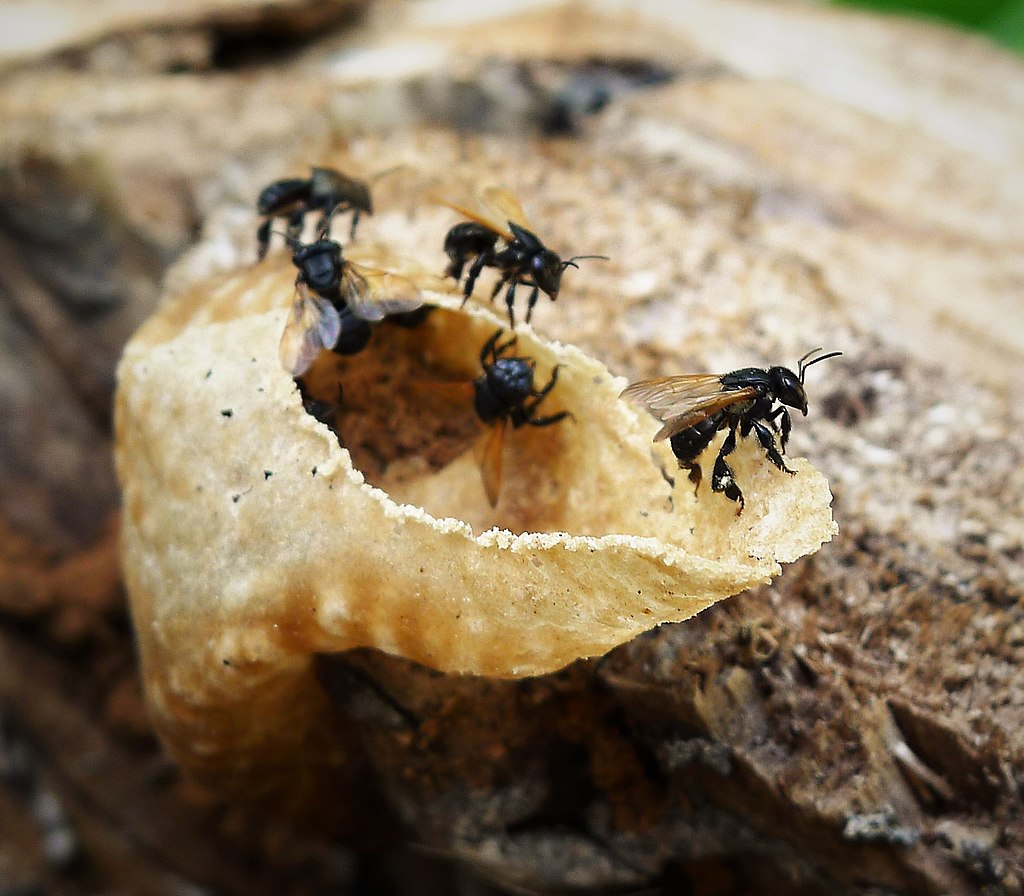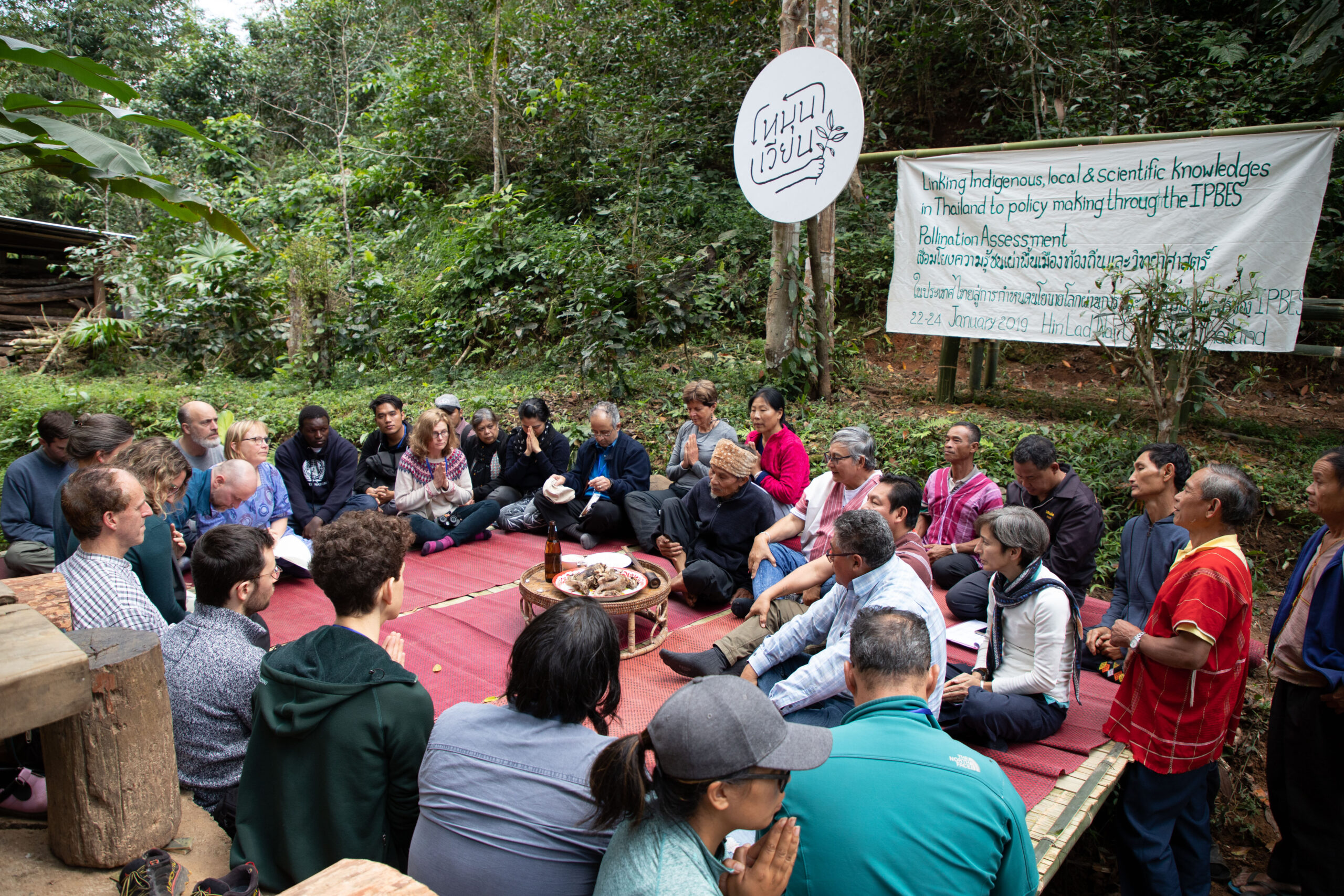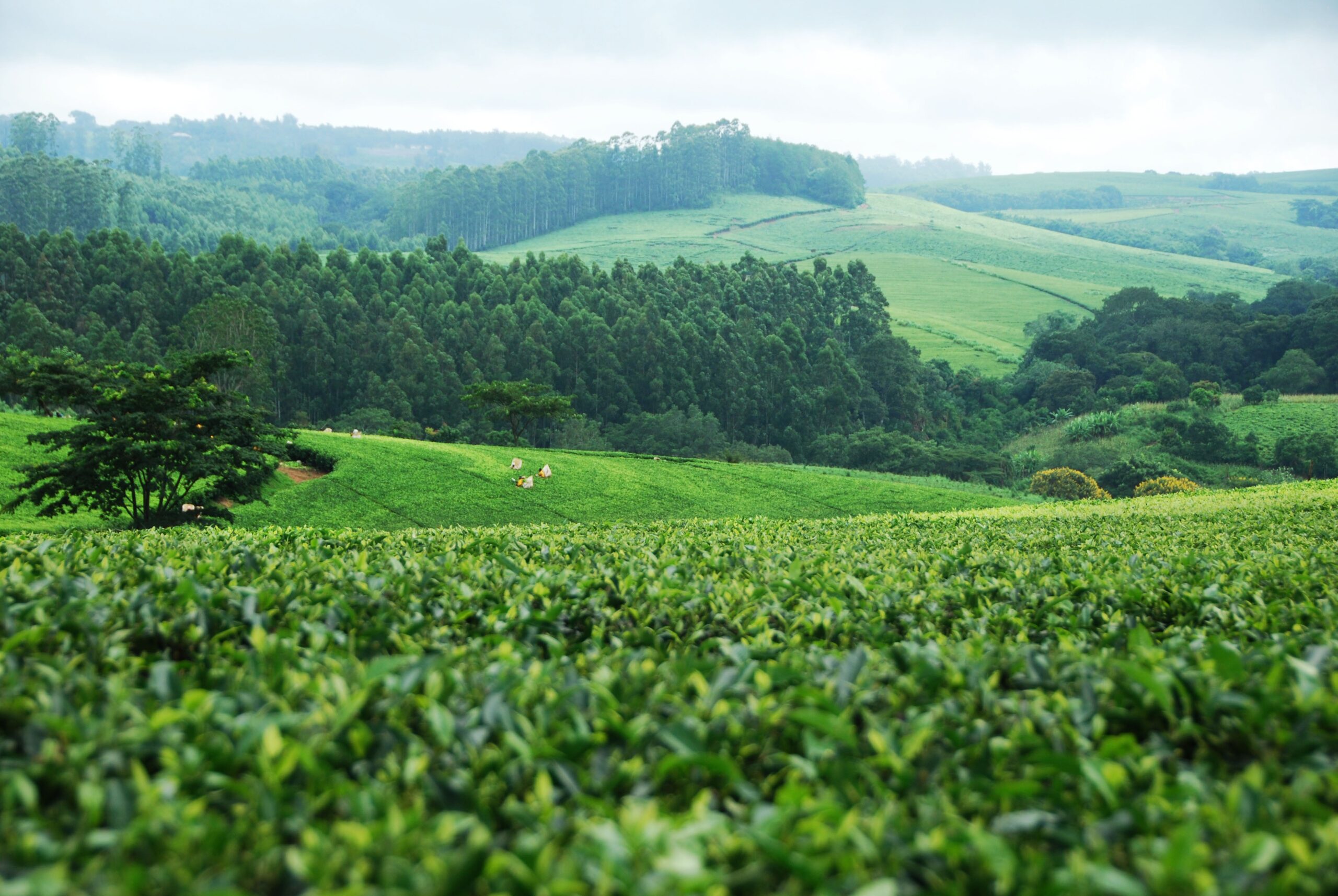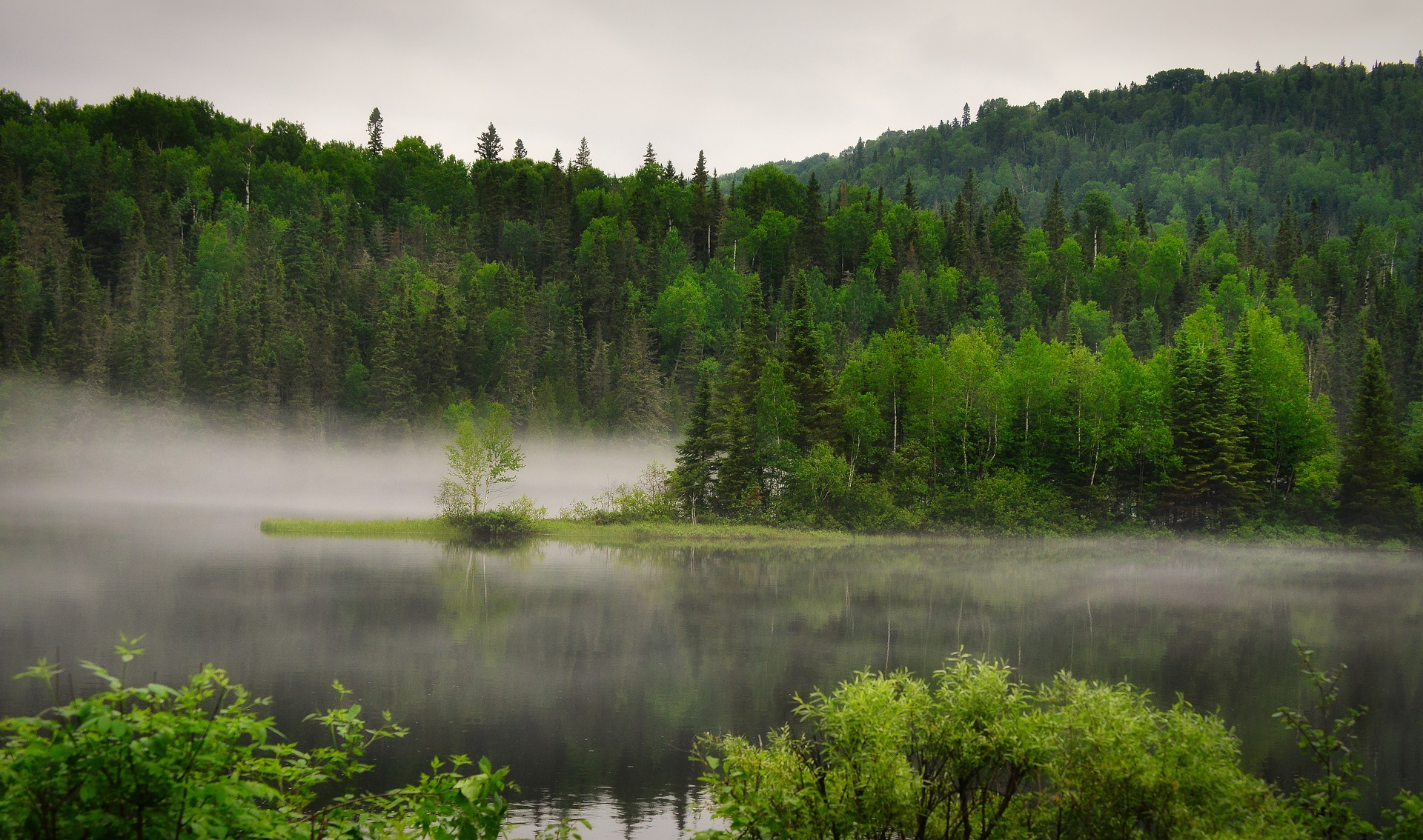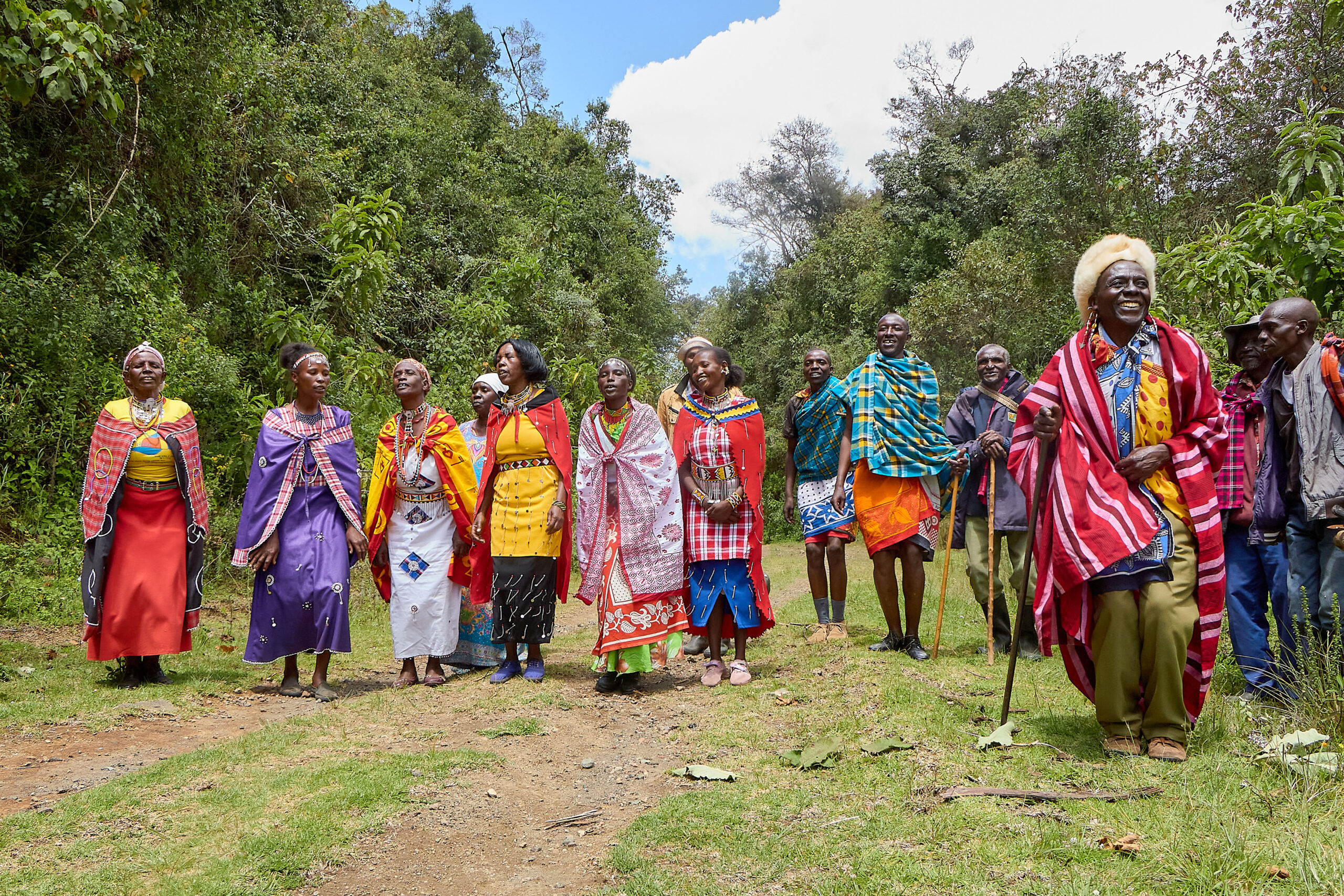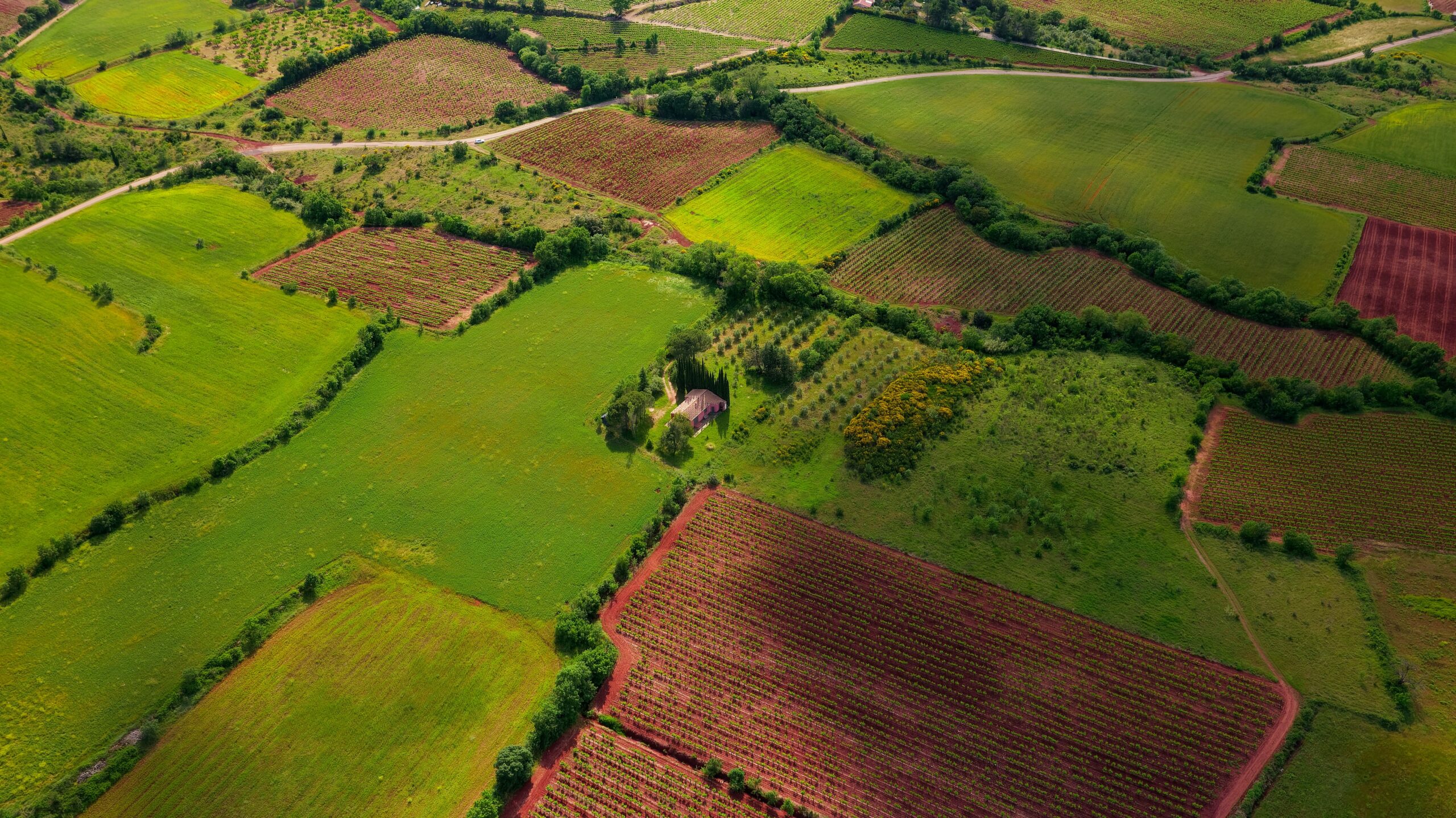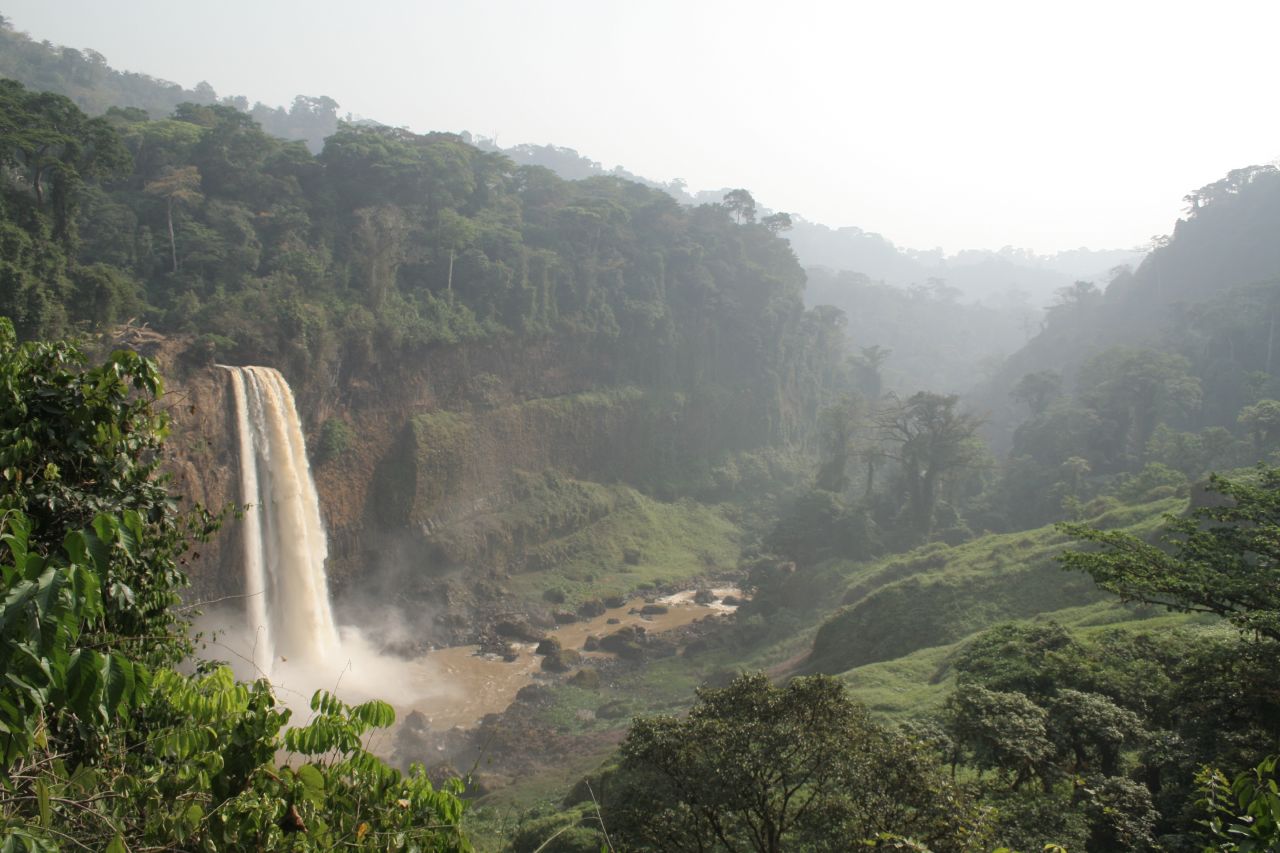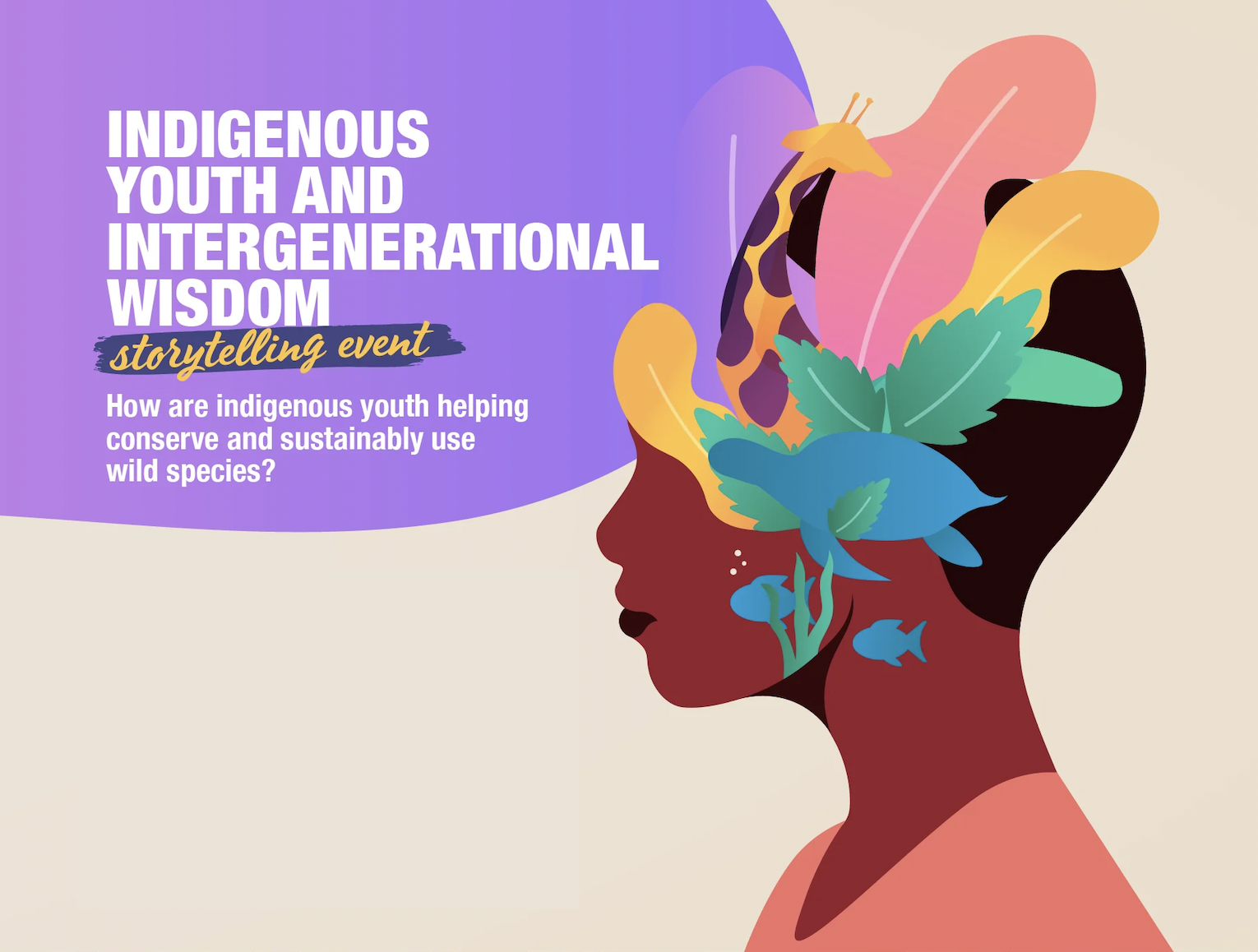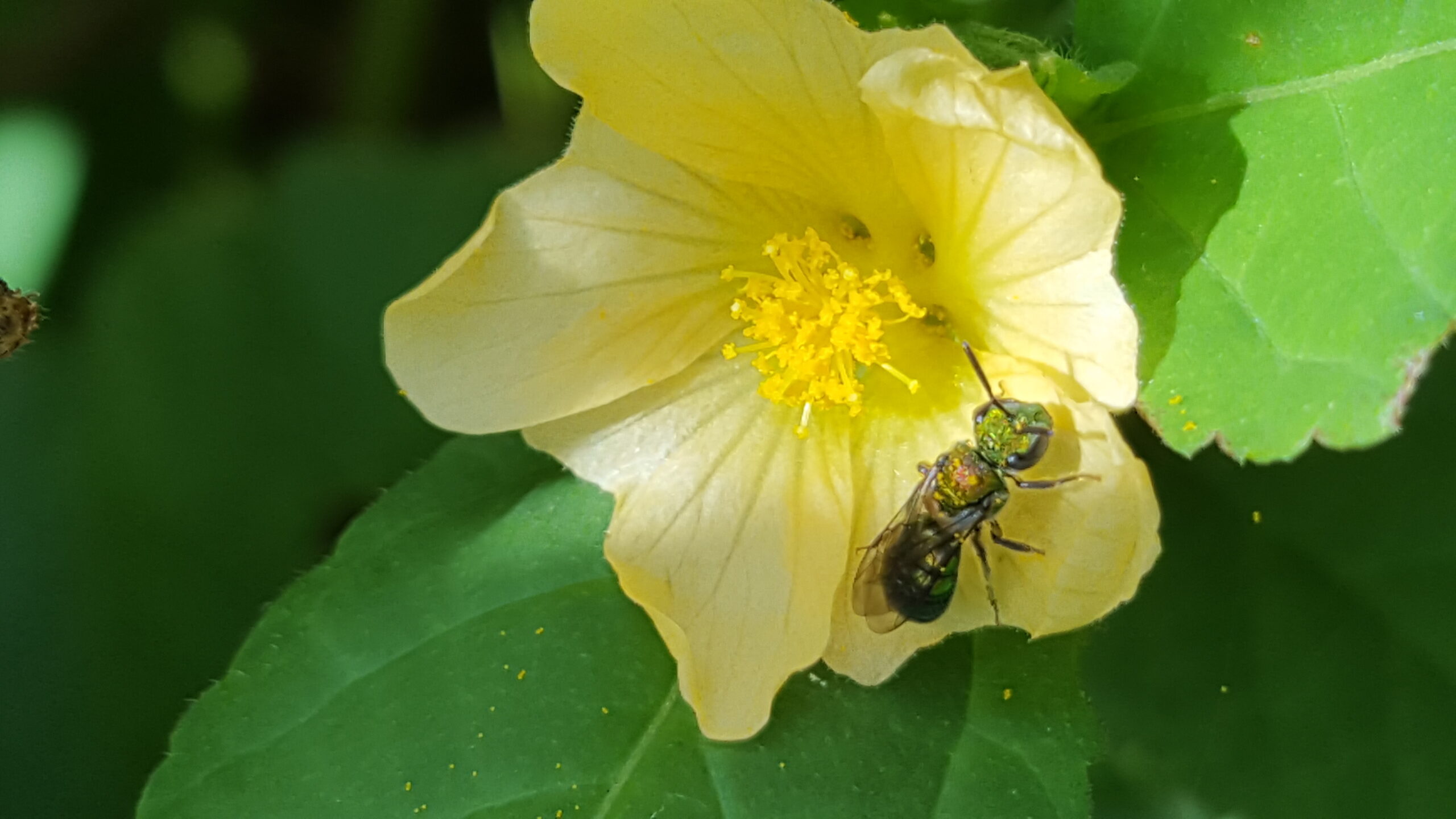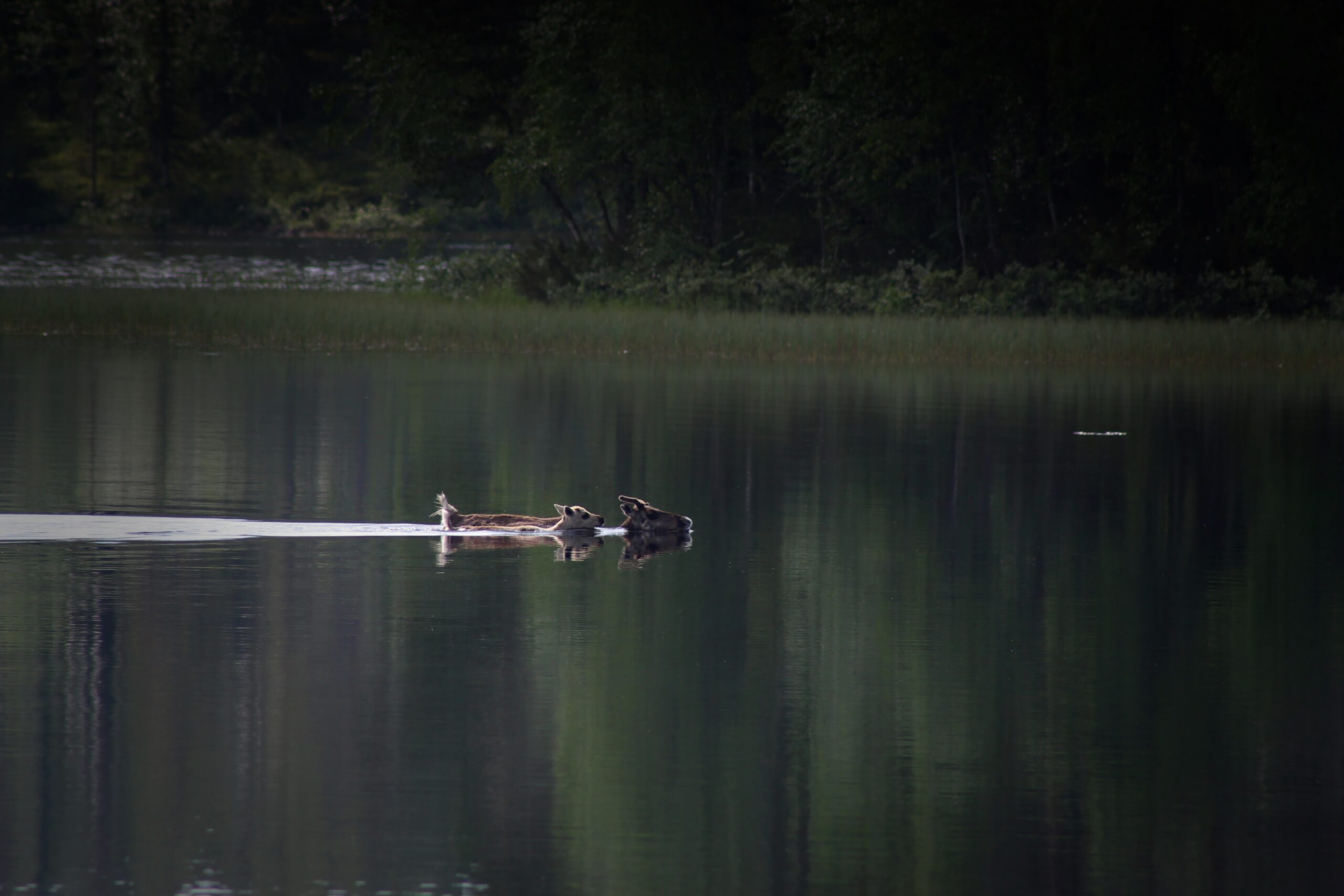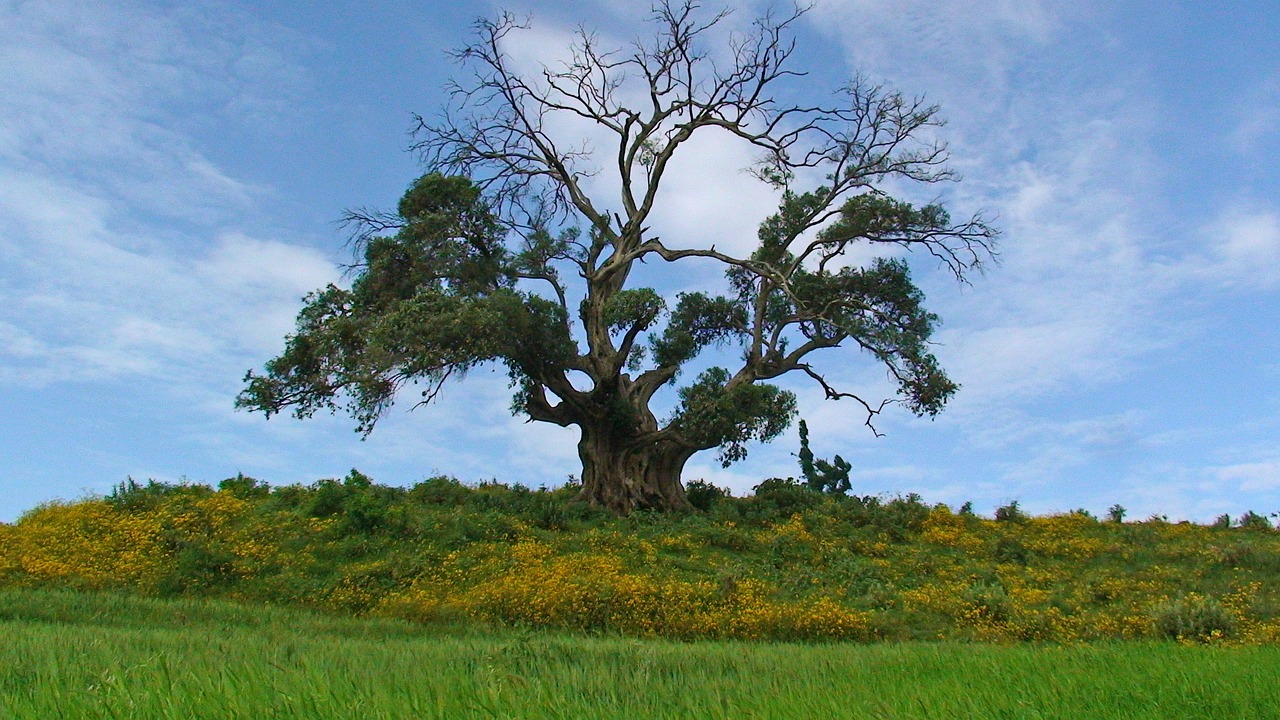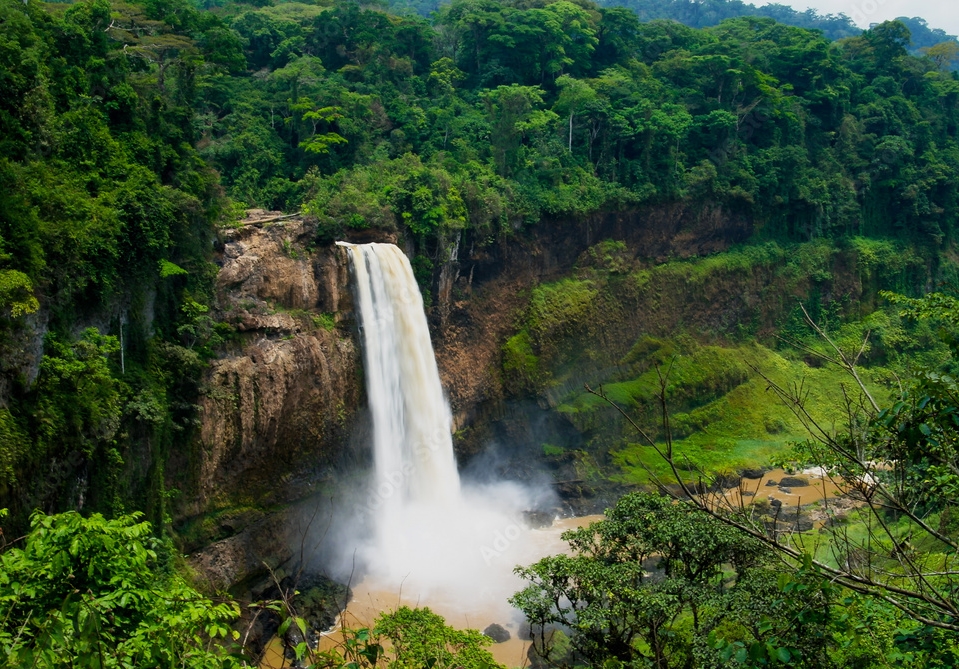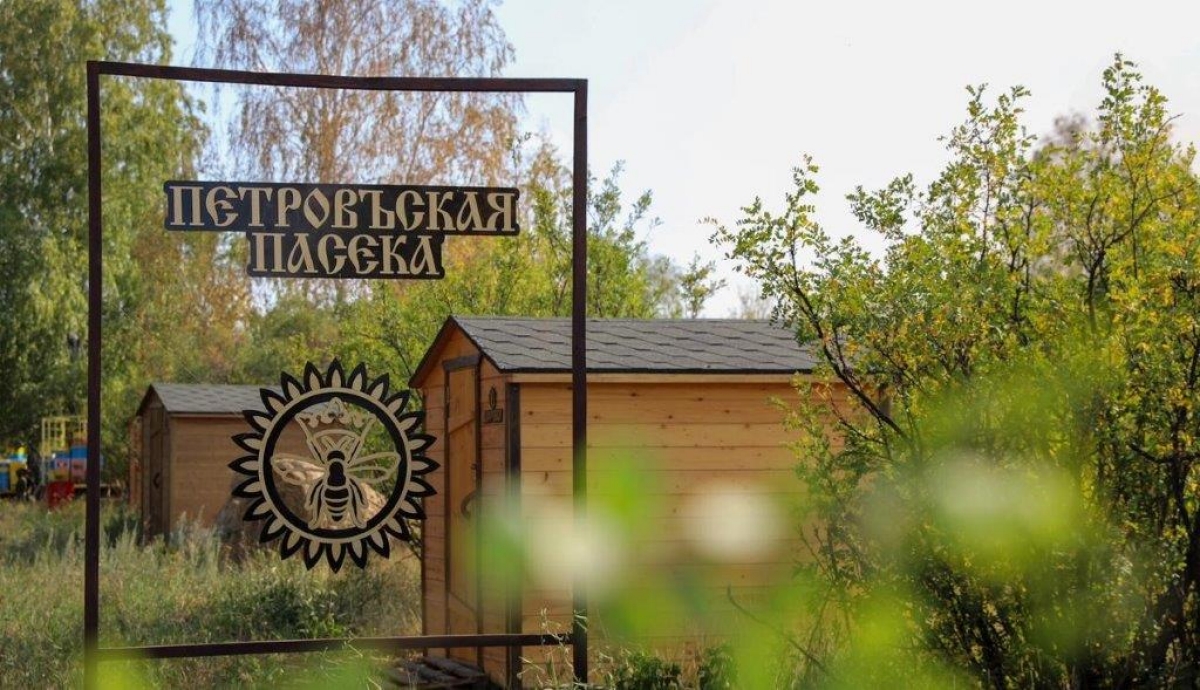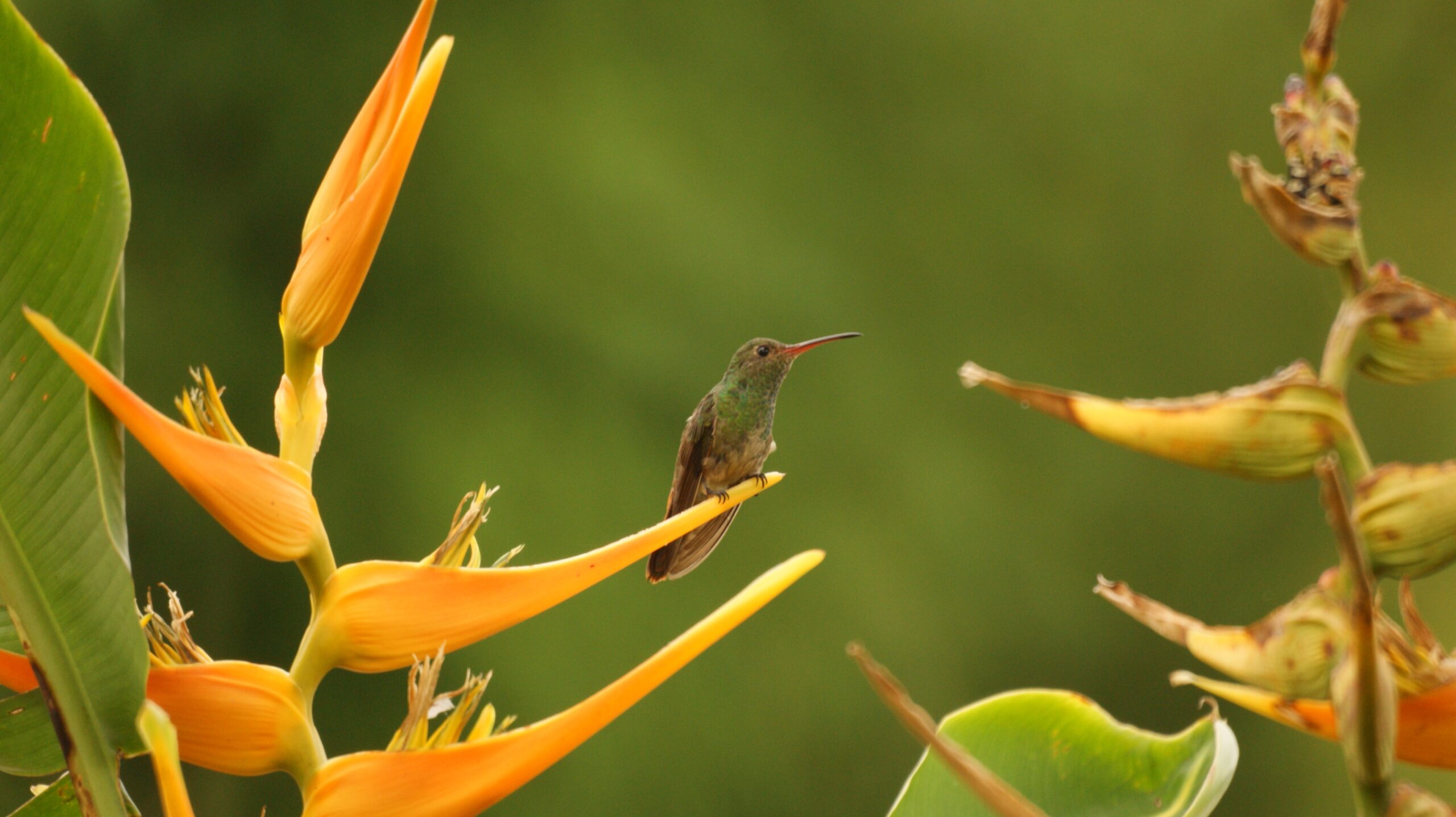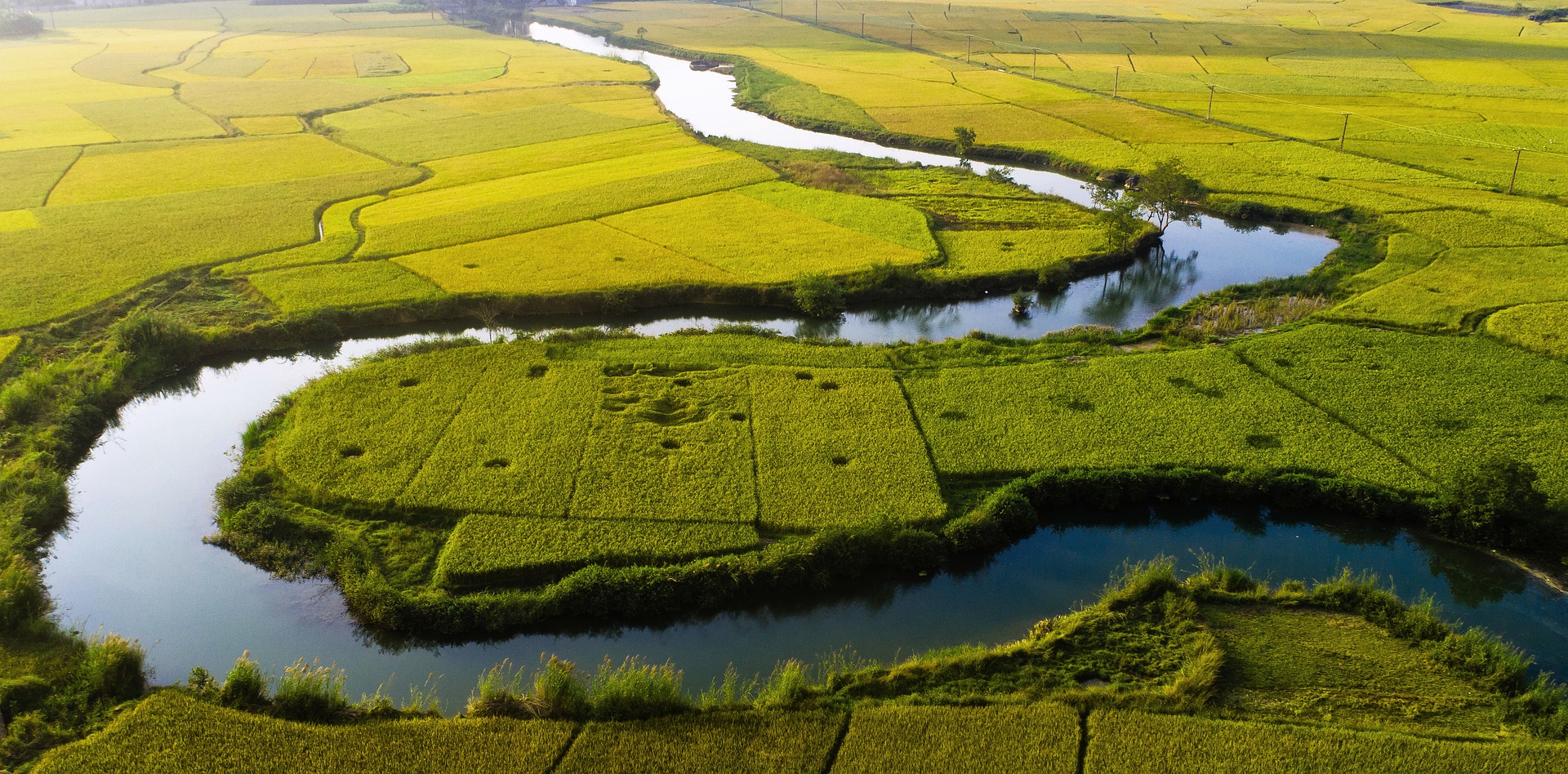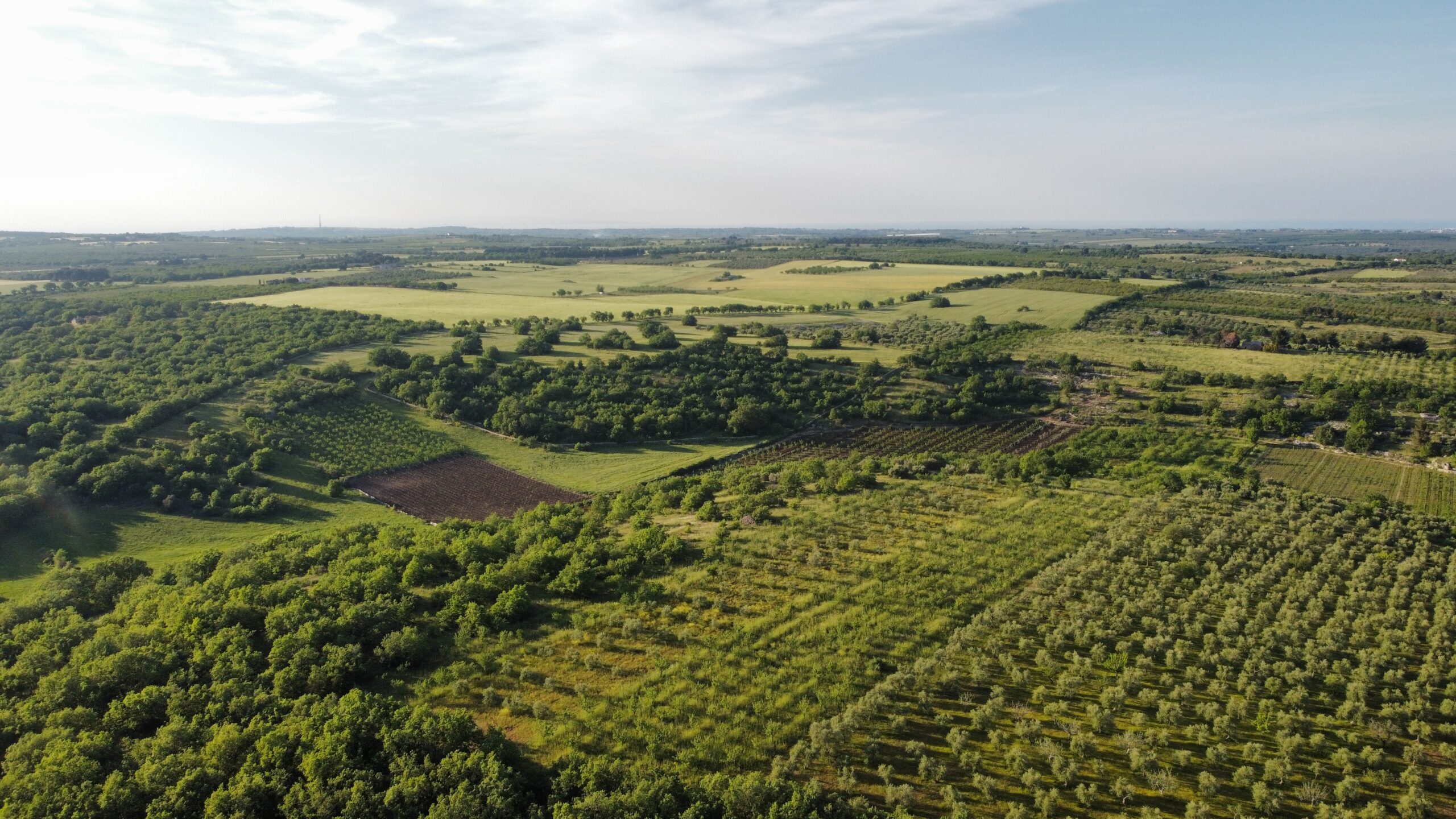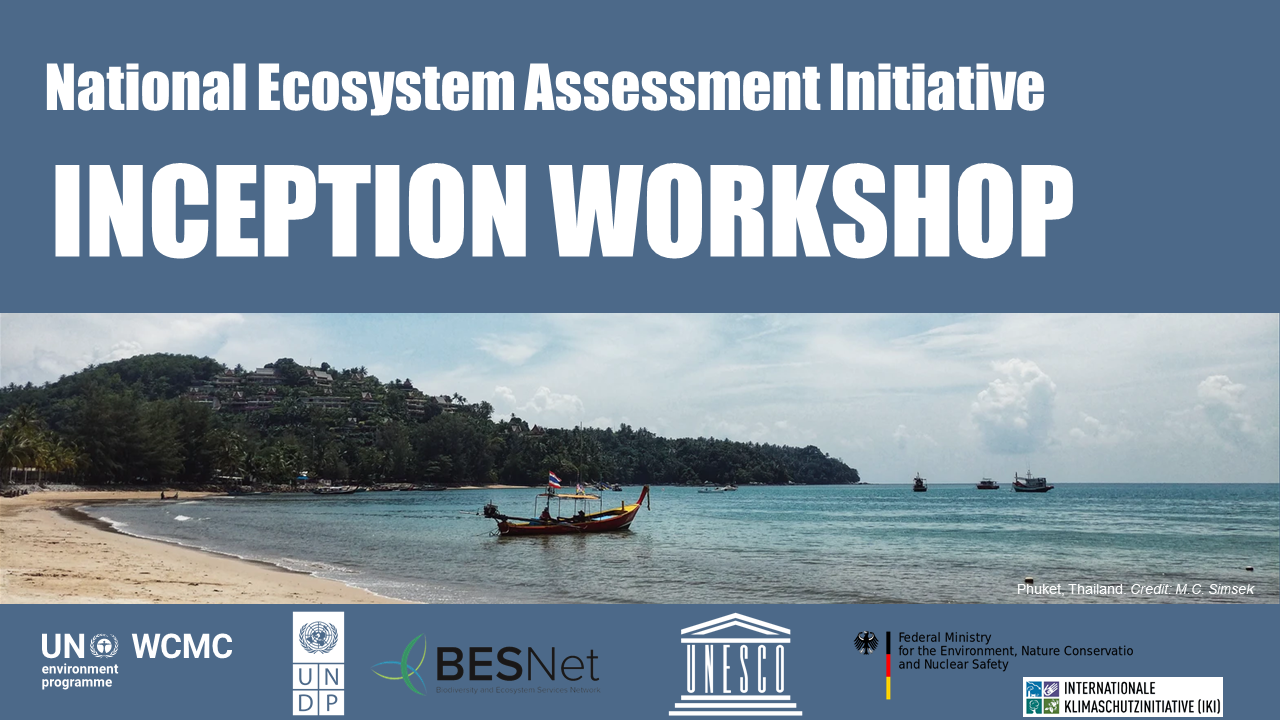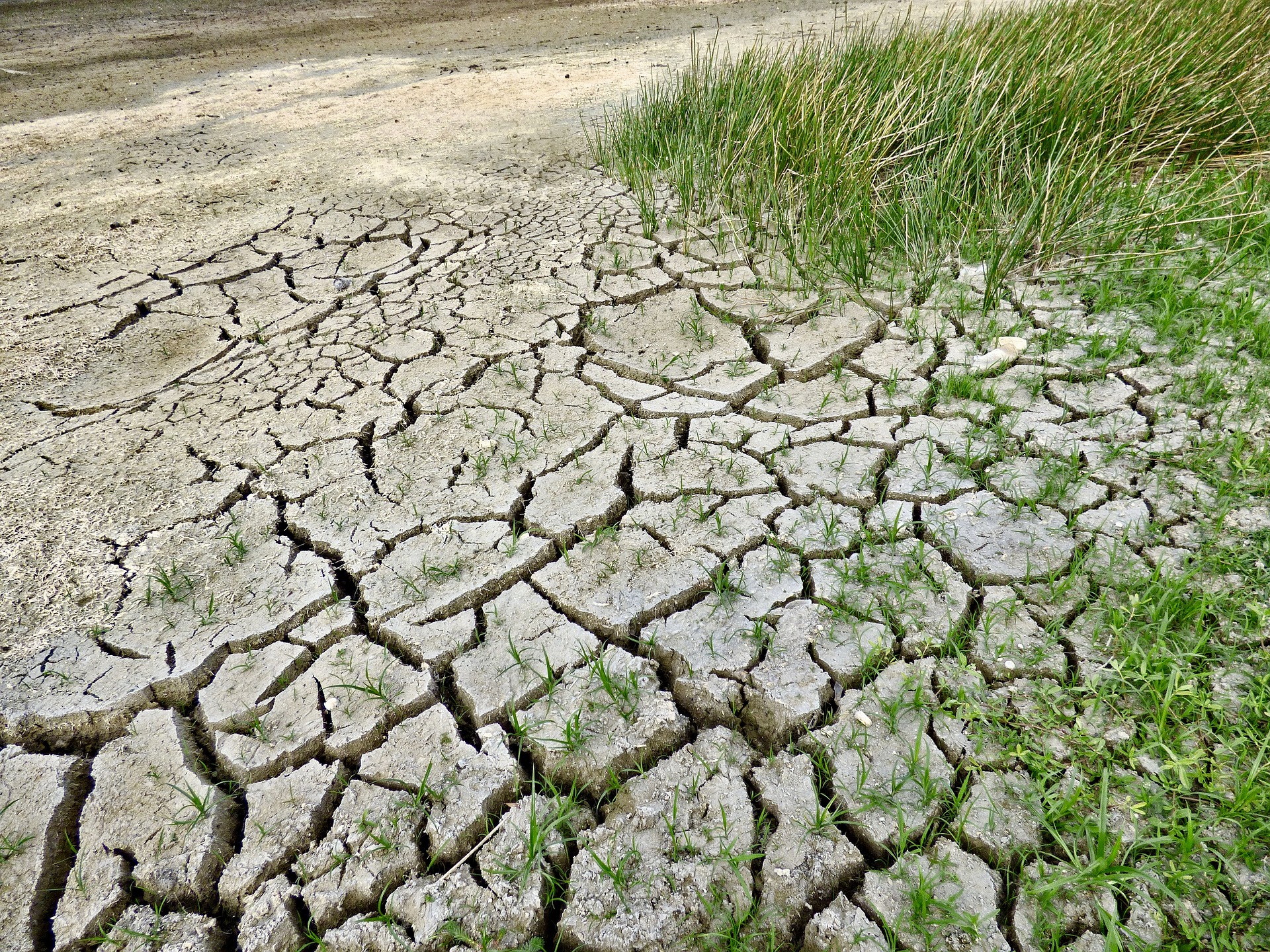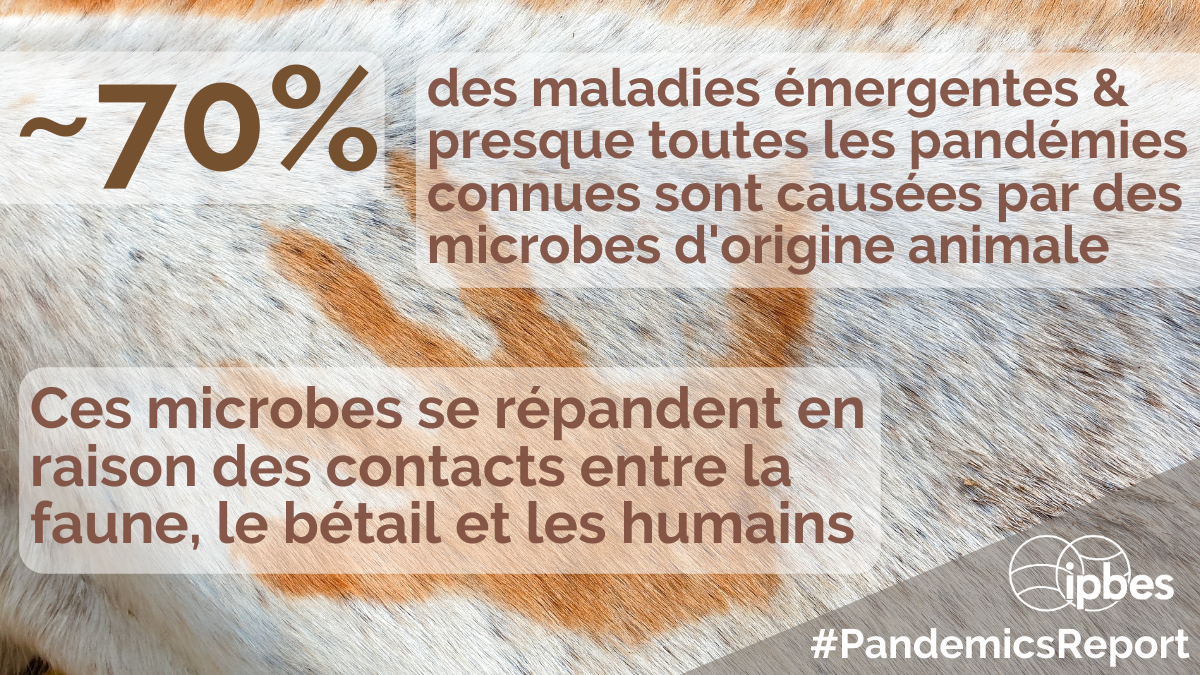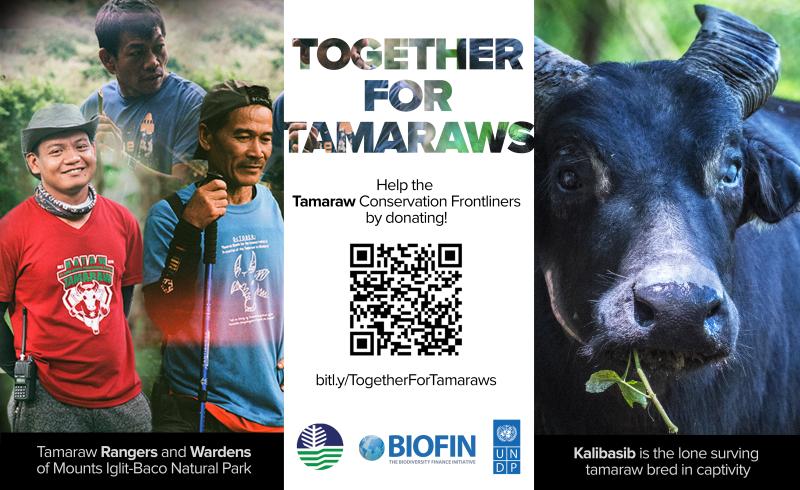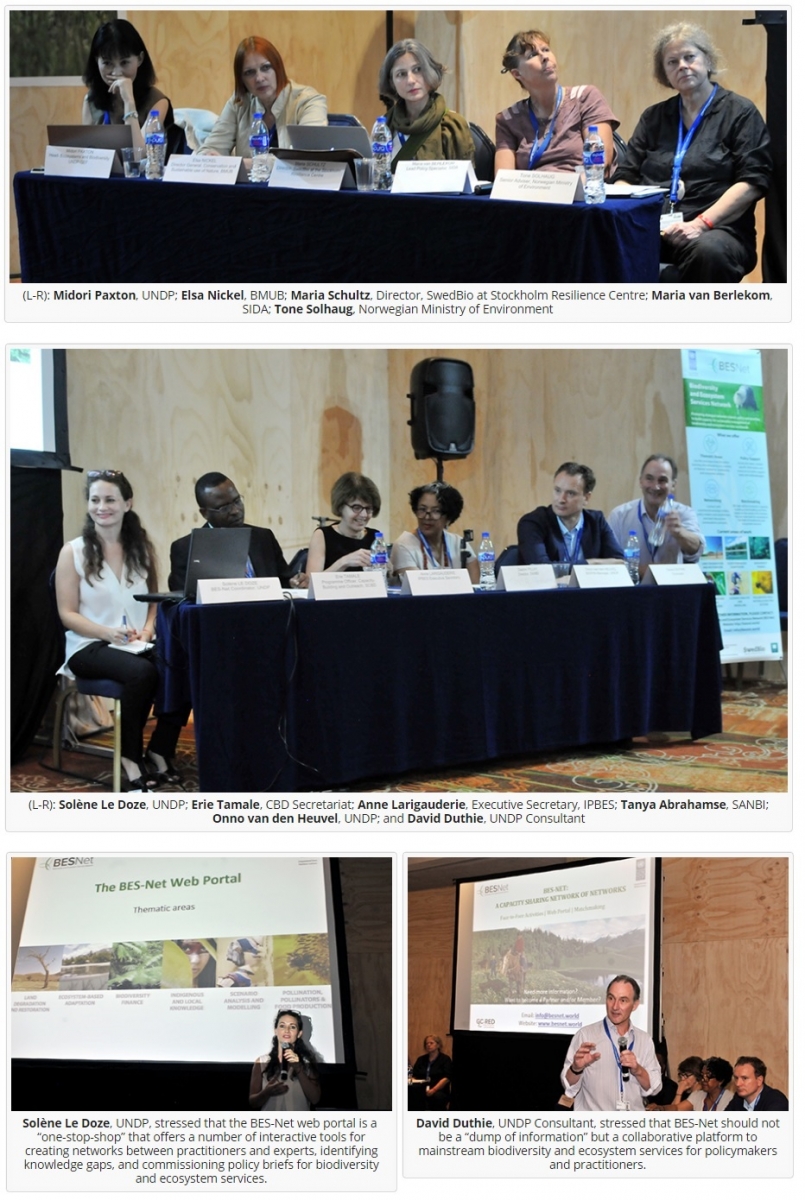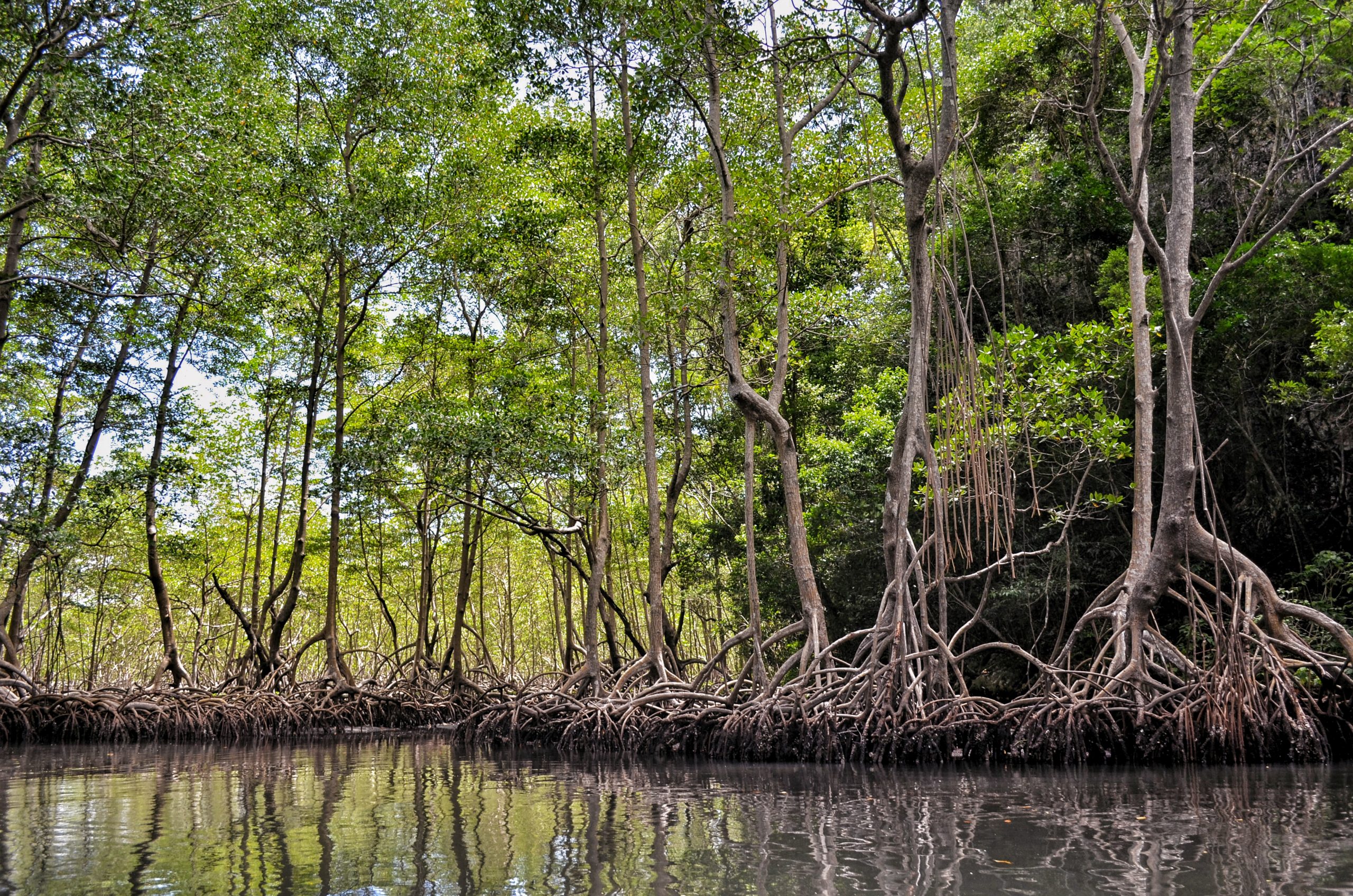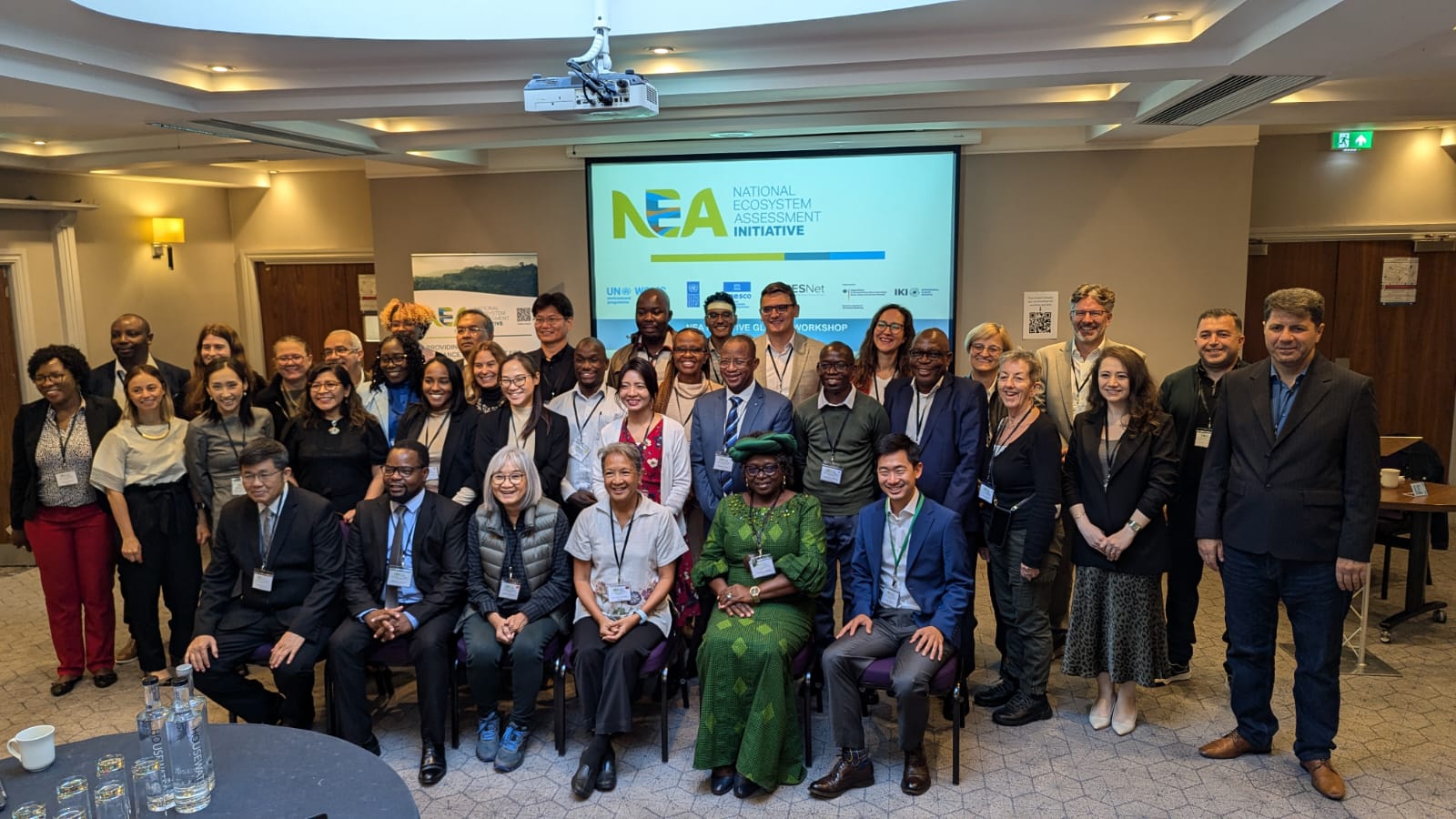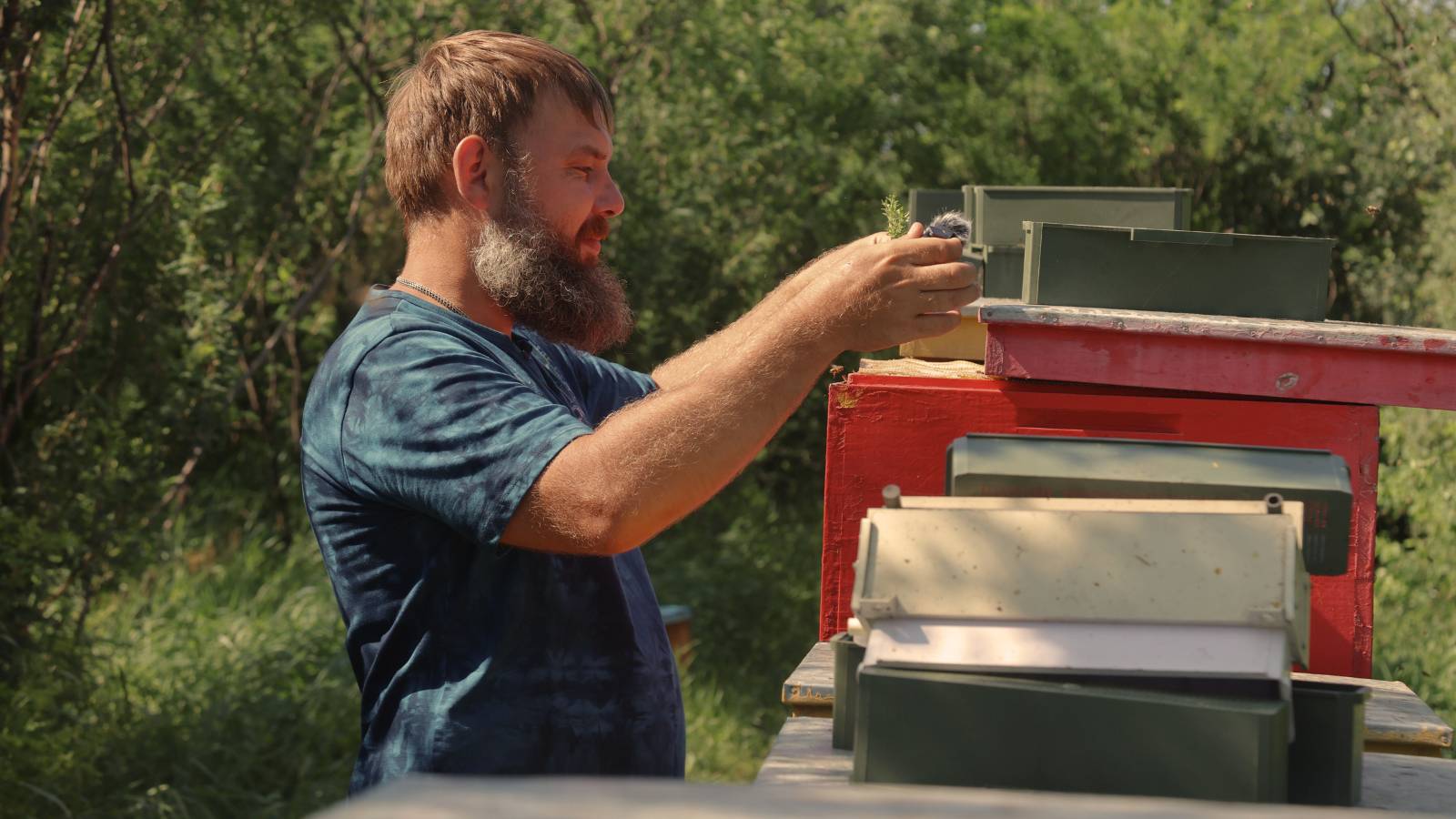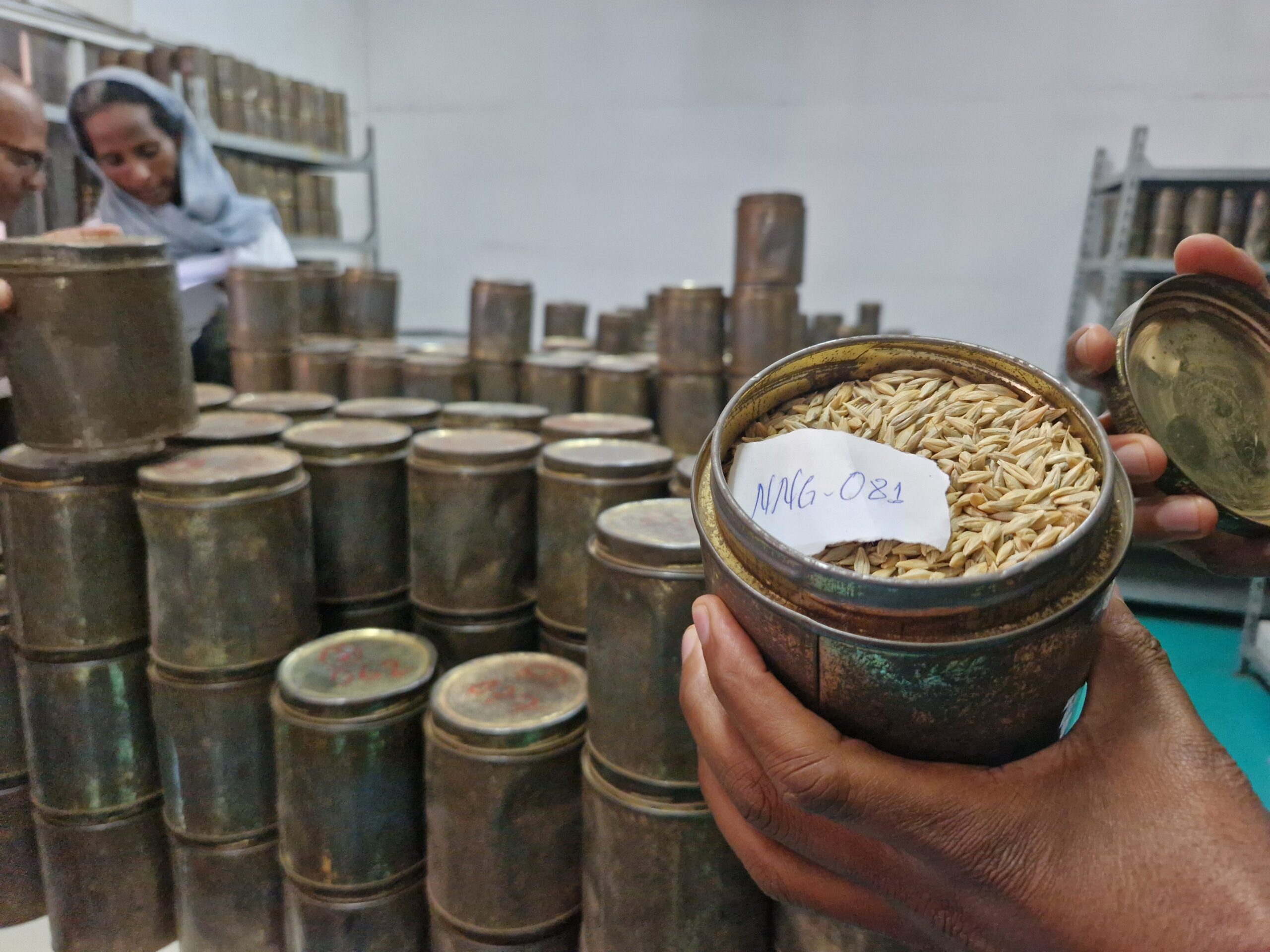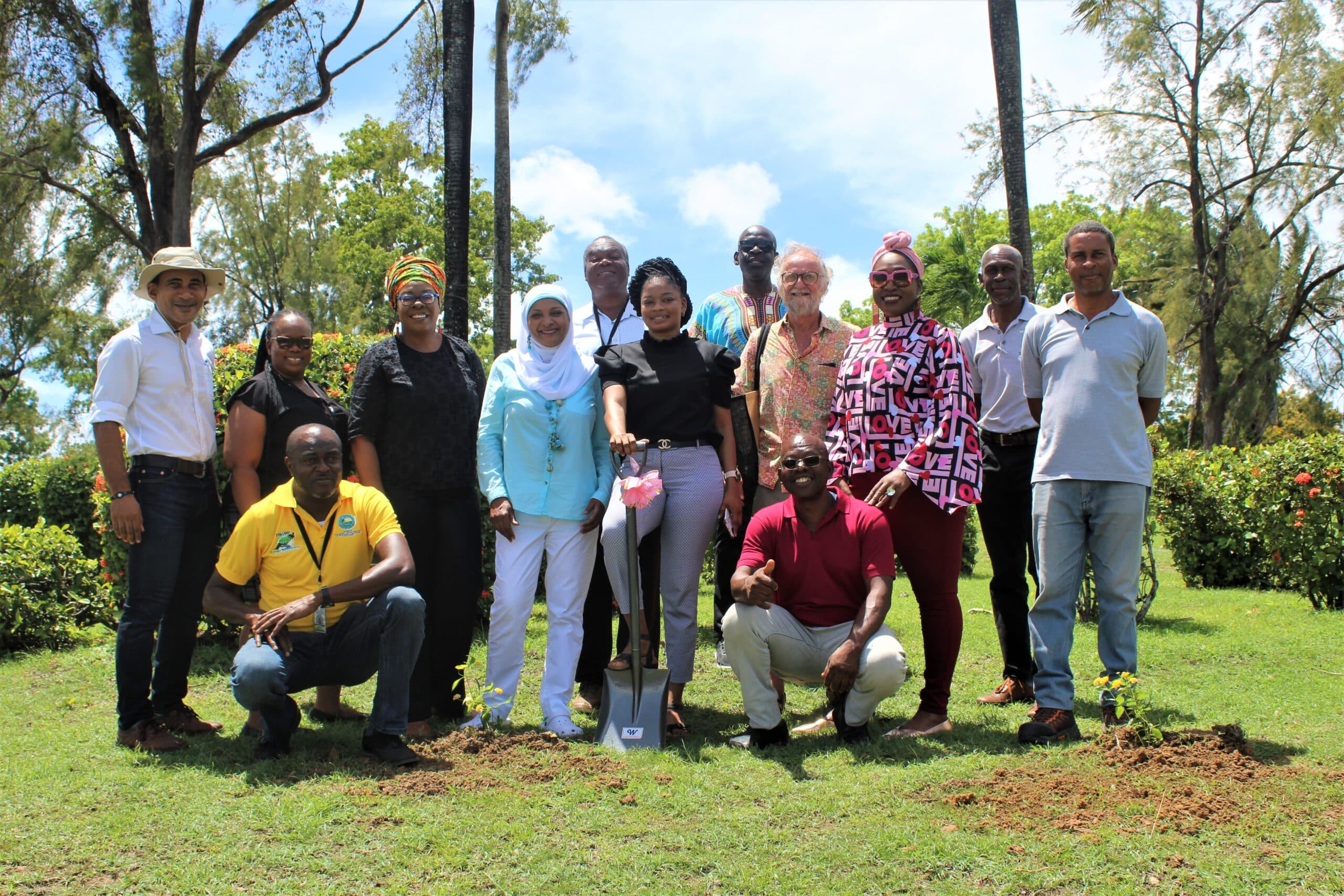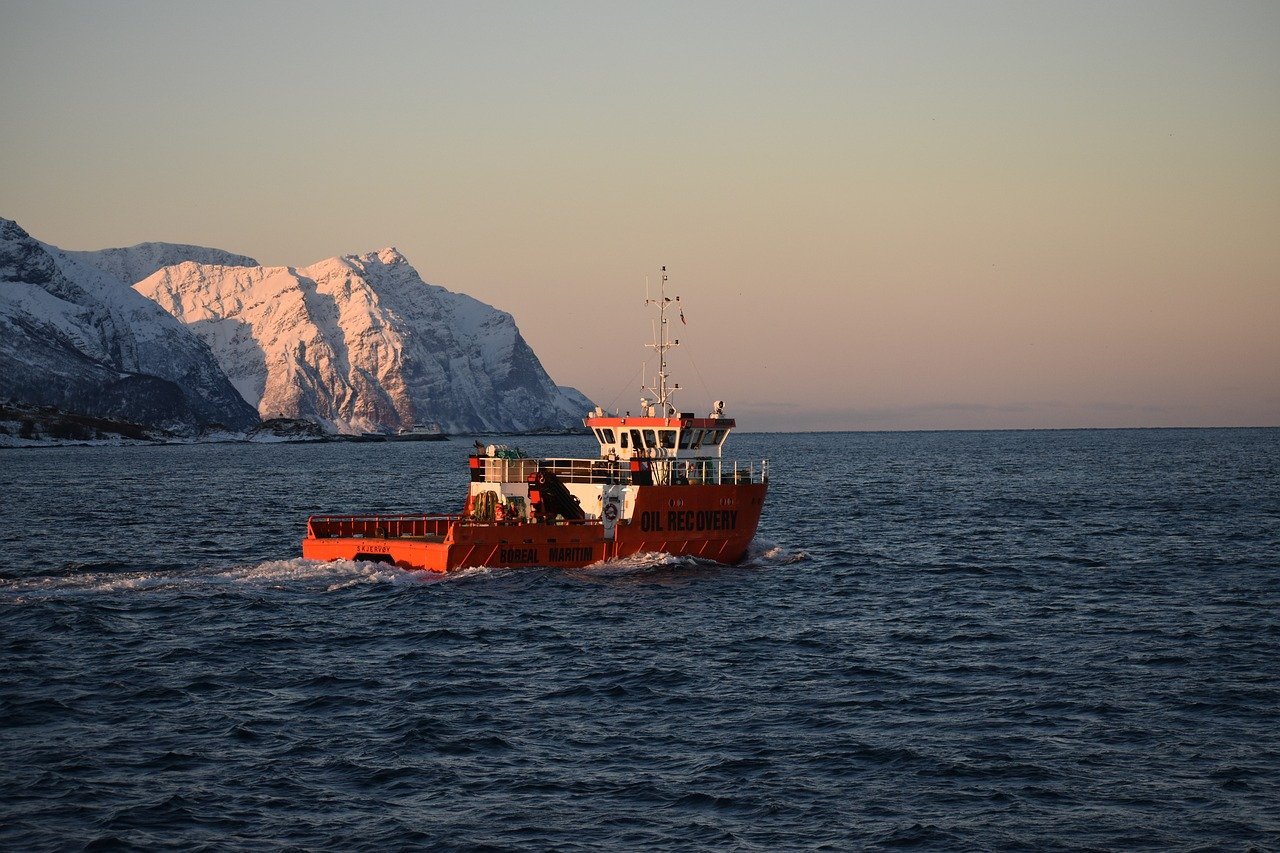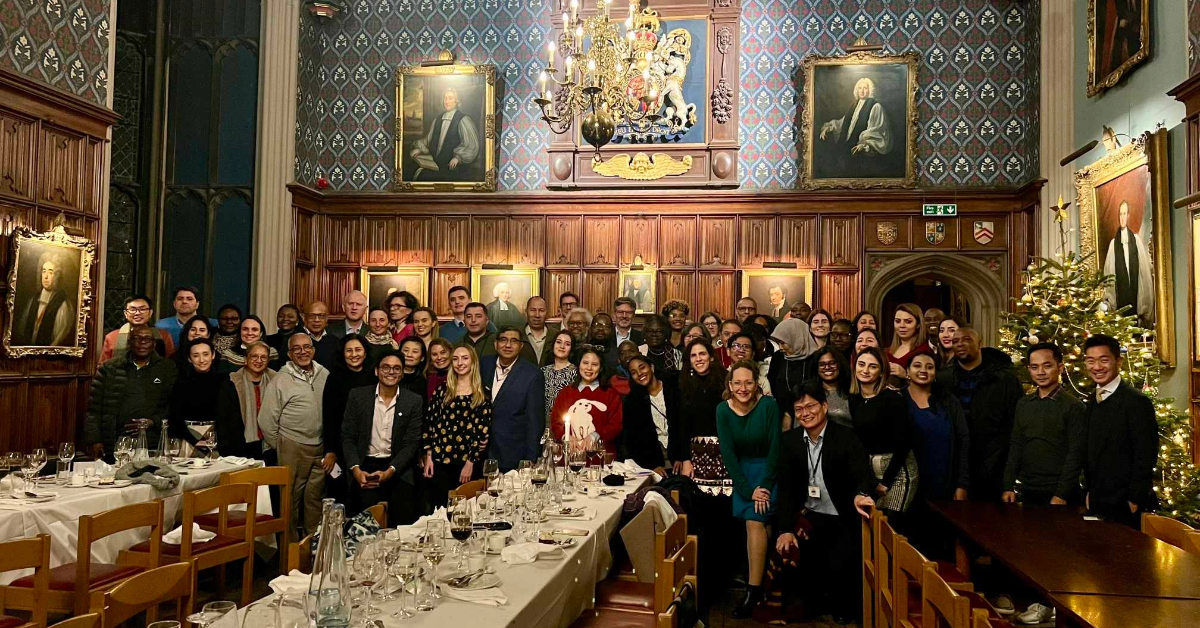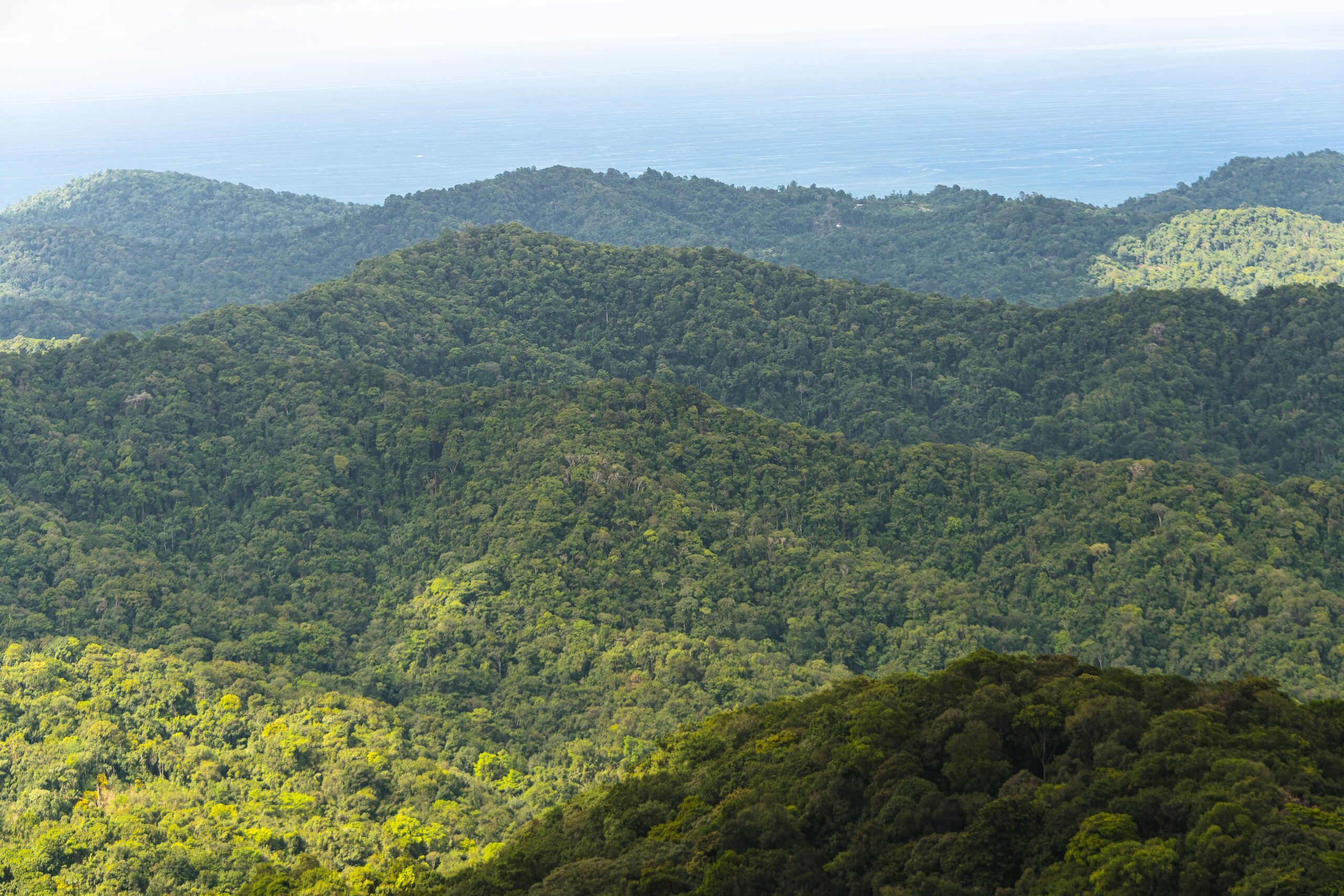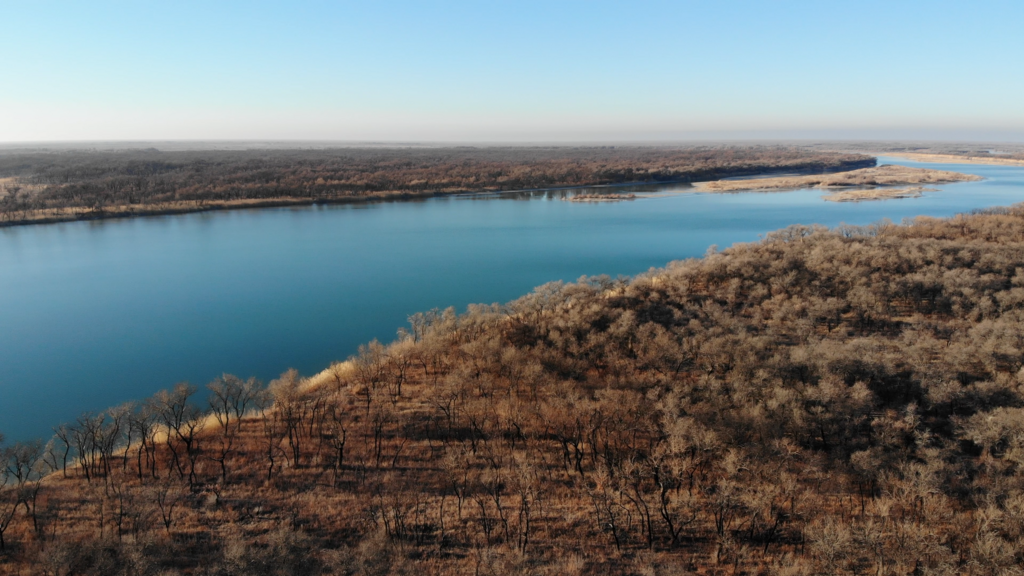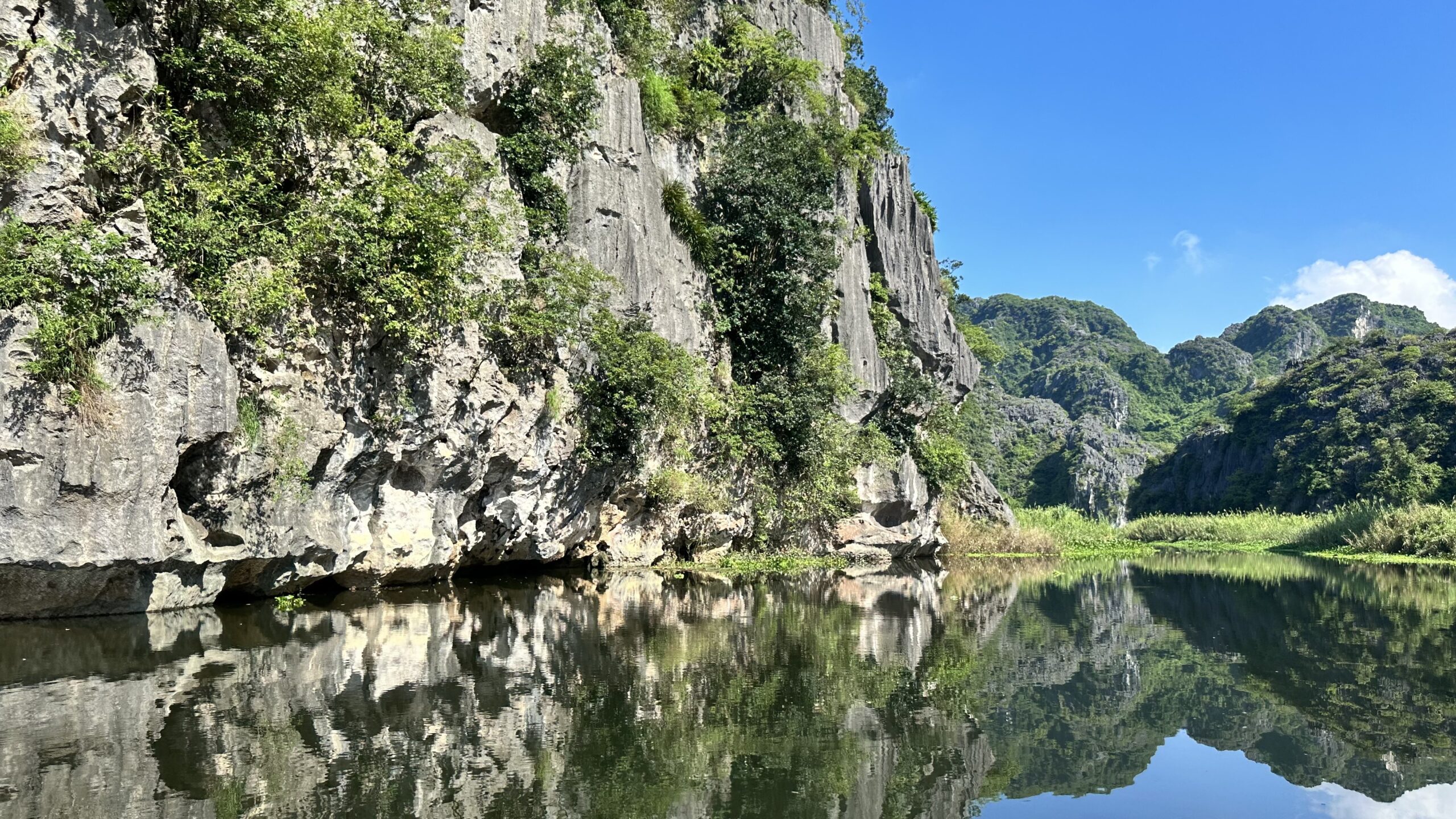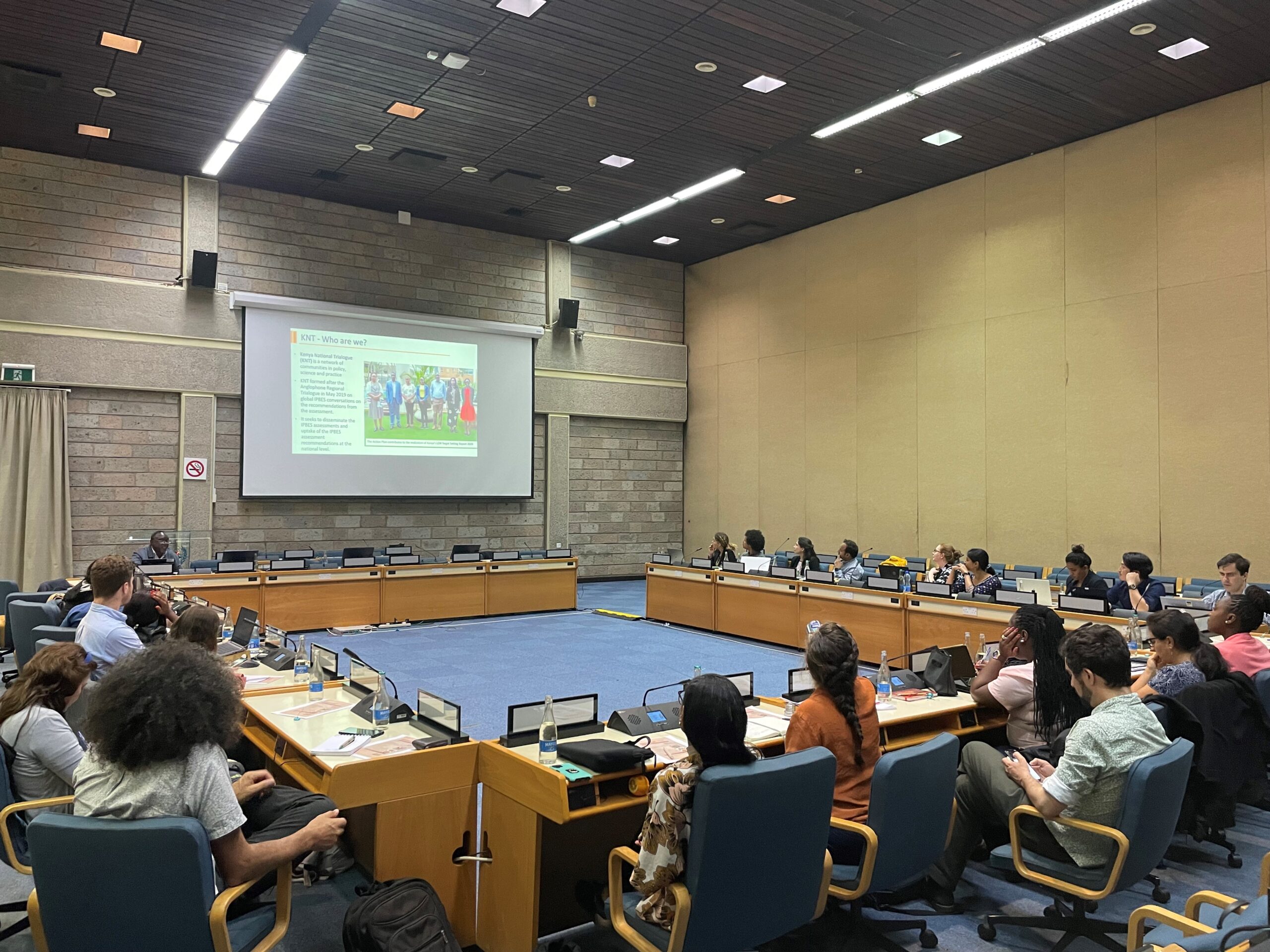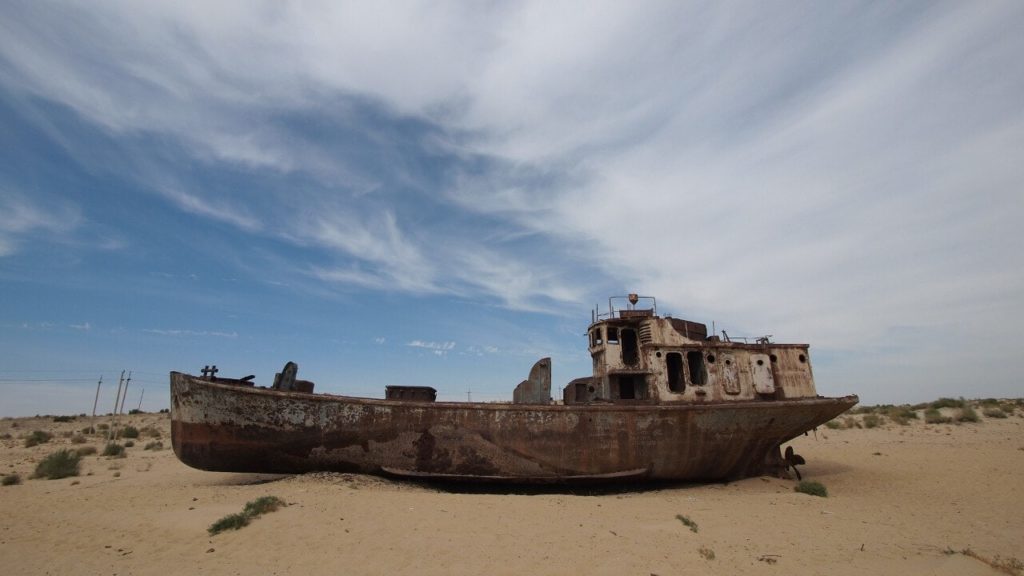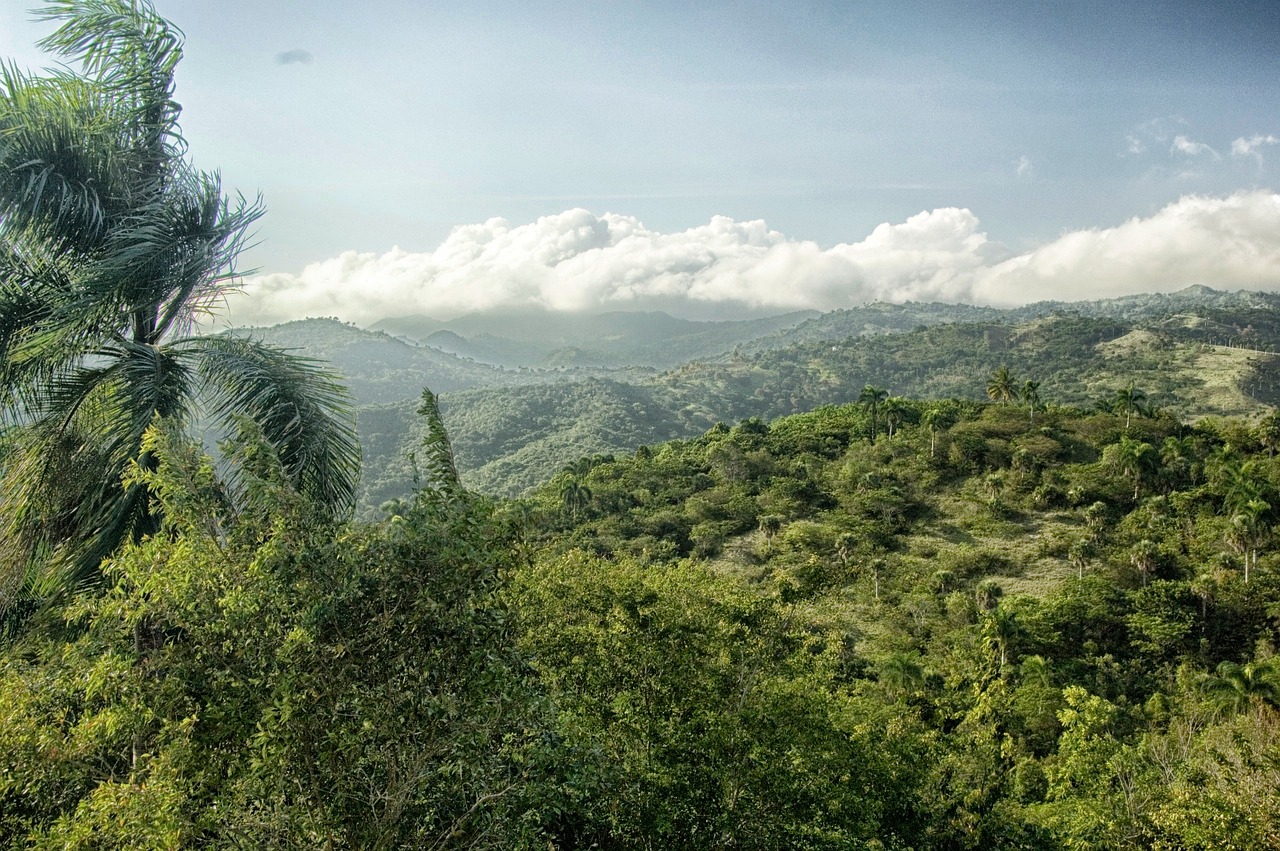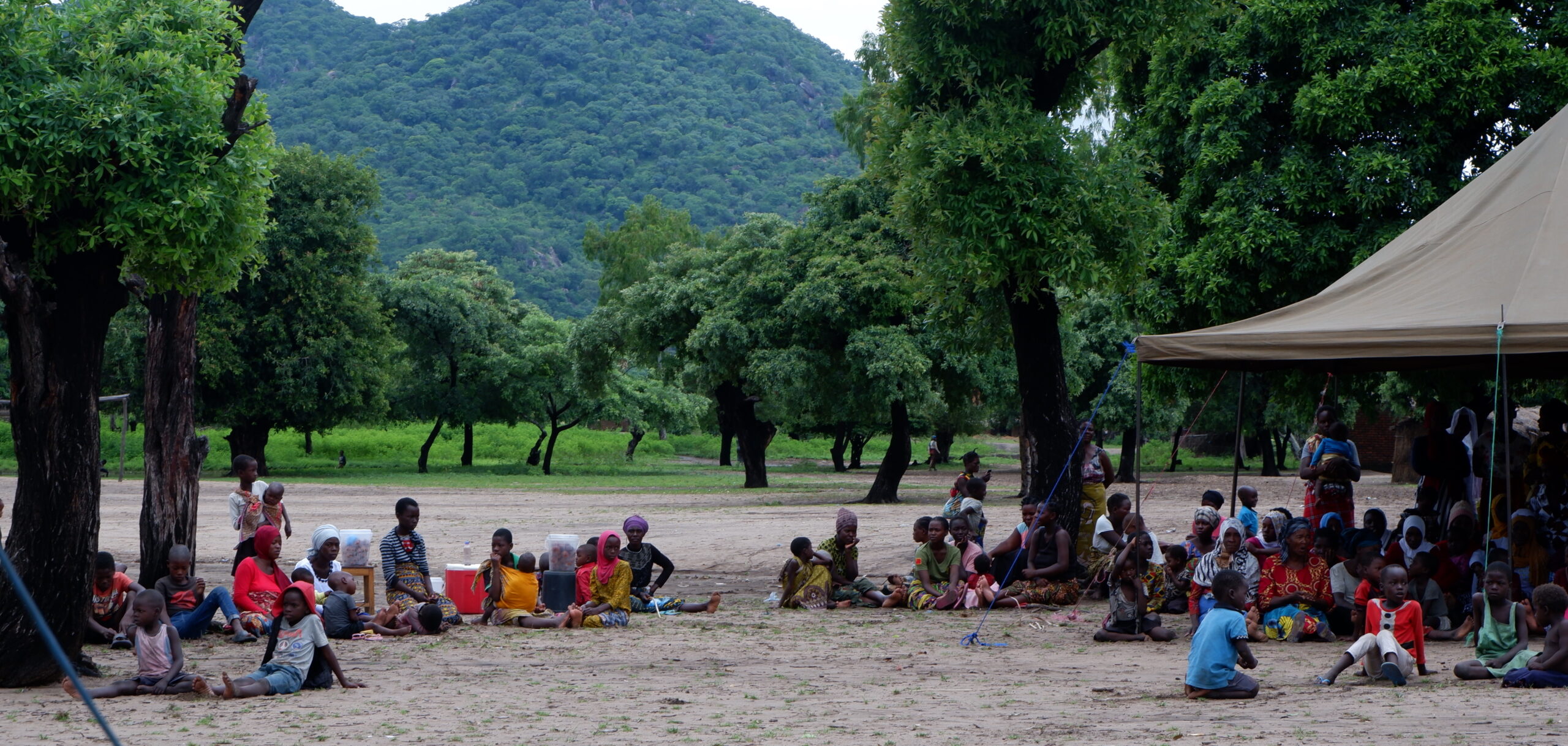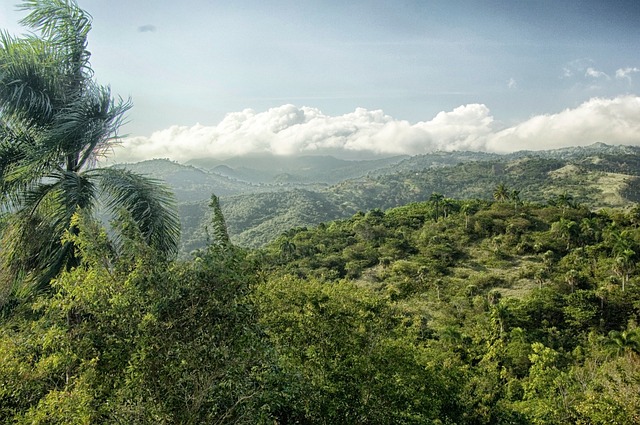Expert Corner: Armand William Mala on the Role of an Inclusive and Participatory Process in Biodiversity Management
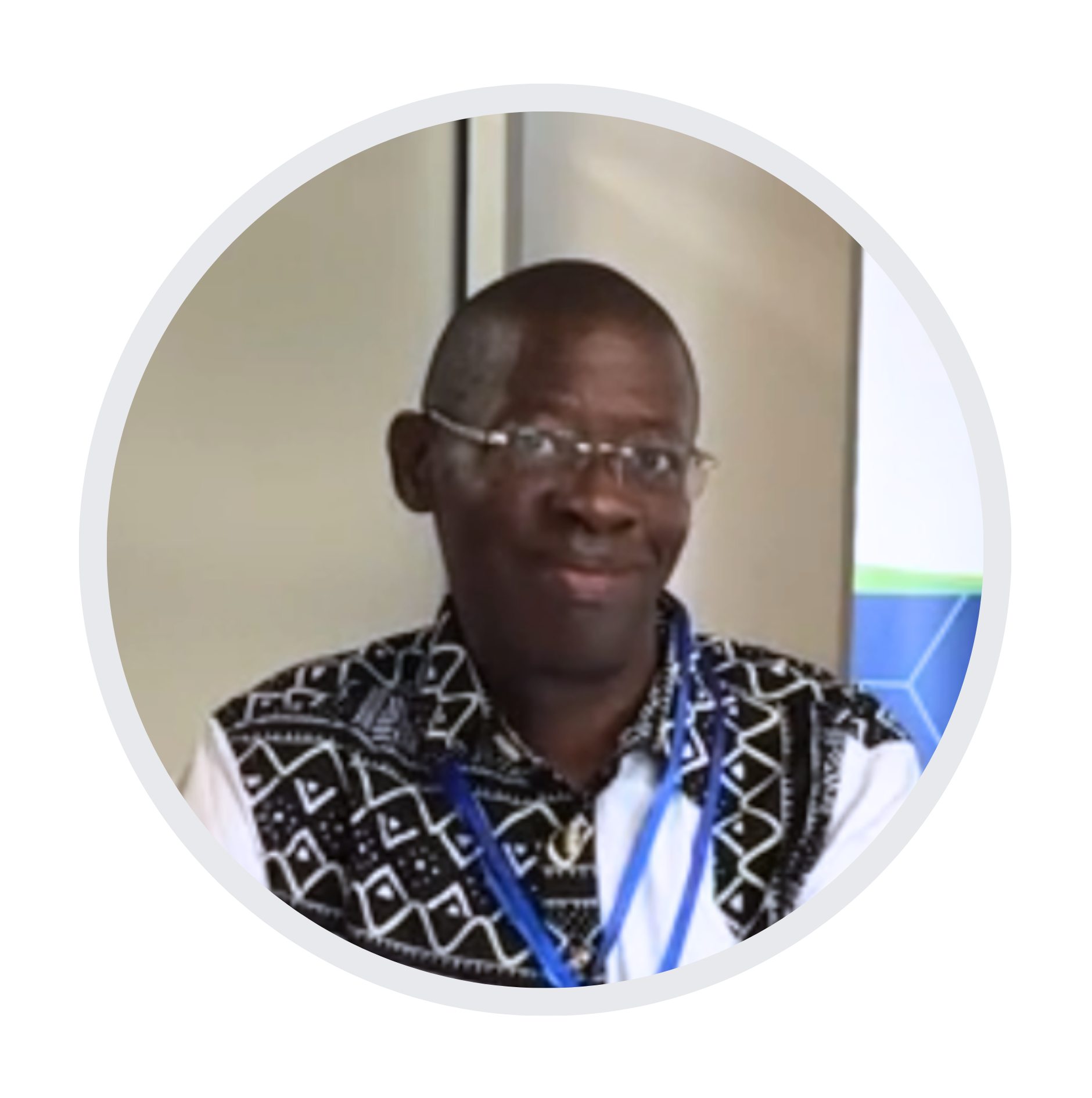
Armand William Mala, Associate Professor at The University of Yaoundé I
Armand William Mala, Associate Professor at The University of Yaoundé I

Armand William Mala, Associate Professor at The University of Yaoundé I
Armand William Mala, Associate Professor at The University of Yaoundé I
In this Expert Corner interview, we sit down with Armand William Mala, Associate Professor at The University of Yaoundé I. This interview is part of our special coverage of the BES Solution Fund Trialogue, held in Hanoi from 4 to 6 October 2023.
Can you share an example of a successful initiative or project that's been implemented under the BES Solution Fund in your country?
I was one of the authors of the IPBES conceptual framework – the work of IPBES. I was also one of the authors of the national biodiversity and ecosystem assessment of Cameroon, and I participated in the process we gained from IPBES, which is a very interesting process. We have not yet started implementing a project or activity but I think the process is inclusive and participatory.
Compared to the past courses that I have seen in the country, this one was better in the sense that we were able to involve for the first time the non-sector actors who play key roles, like planning and regional development. Most of the time, we are conducting assessments, and it was interesting for them to be part of the process and understand what they are doing – what are the challenges, what are the opportunities, what are the gaps and where do we need them. Because if we don’t have them during the assessment phase, it would be difficult to have them during the planning phase in the NBSAP. This was the first time that they have been involved in the assessment process, and I think this is something that is really new. We used to do NBSAP and we plan, we programme and we budget with those who have the legal mandate to support the process.
At the end of the day, we were able to leverage domestic funds. For me, this is a lesson learned from this process. Why should the Government invest in it? Because there is a huge gap in public investment regarding biodiversity. The city is the first investor, but for the city to invest, you need to understand the return on investment even if the investment is not tangible. And this is the opposite of what we’re building in the NBSAP – the engagement of actors outside of the process. I think we have met the significant step in engaging them in the assessment process for the NBSAP planning so that they will be part of the process and continue to gather domestic resources – the main step to the solution path.
Image captions
 Image 1
Image 1Photo by u_3njs8uaf on Pixabay
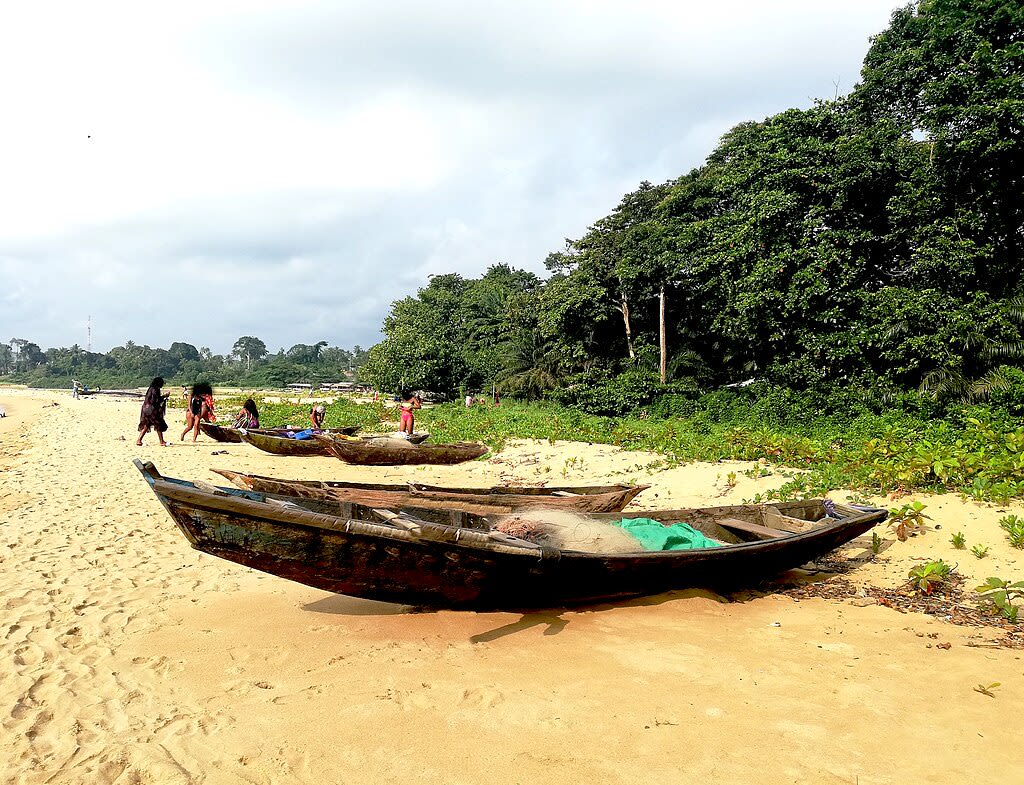 Image 2
Image 2Photo by Ritzylaura on Wikimedia Commons

Photo by u_3njs8uaf on Pixabay
Photo by u_3njs8uaf on Pixabay

Photo by Ritzylaura on Wikimedia Commons
Photo by Ritzylaura on Wikimedia Commons

Photo by u_3njs8uaf on Pixabay
Photo by u_3njs8uaf on Pixabay
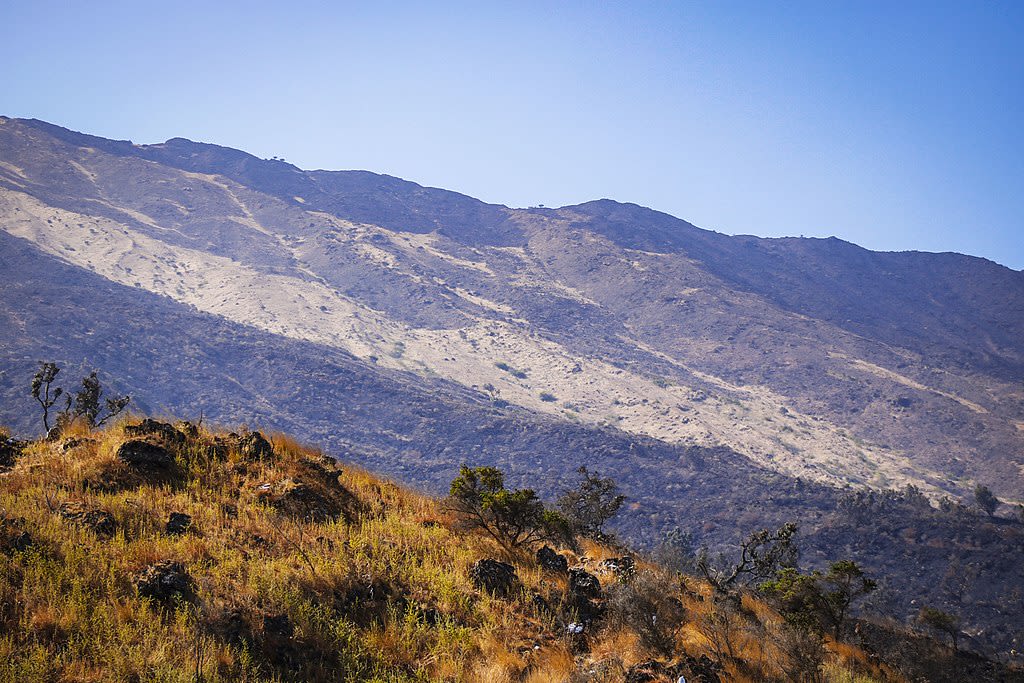
Photo by Betterfoto on Wikimedia Commons
Photo by Betterfoto on Wikimedia Commons

Photo by Ritzylaura from Pixabay
Photo by Ritzylaura from Pixabay
Can you share an example of a successful initiative or project that's been implemented under the BES Solution Fund in your country?
I was one of the authors of the IPBES conceptual framework – the work of IPBES. I was also one of the authors of the national biodiversity and ecosystem assessment of Cameroon, and I participated in the process we gained from IPBES, which is a very interesting process. We have not yet started implementing a project or activity, but I think the process is inclusive and participatory.

Photo by Betterfoto on Wikimedia Commons
Compared to the past courses that I have seen in the country, this one was better in the sense that we were able to involve for the first time the non-sector actors who play key roles, like planning and regional development. Most of the time, we are conducting assessments, and it was interesting for them to be part of the process and understand what they are doing – what are the challenges, what are the opportunities, what are the gaps and where do we need them. Because if we don’t have them during the assessment phase, it would be difficult to have them during the planning phase in the NBSAP. This was the first time that they have been involved in the assessment process, and I think this is something that is really new. We used to do NBSAP and we plan, we programme and we budget with those who have the legal mandate to support the process.

Photo by u_3njs8uaf on Pixabay
At the end of the day, we were able to leverage domestic funds. For me, this is a lesson learned from this process. Why should the government invest in it? Because there is a huge gap in public investment regarding biodiversity. The city is the first investor, but for the city to invest, you need to understand the return on investment even if the investment is not tangible. And this is the opposite of what we’re building in the NBSAP – the engagement of actors outside of the process. I think we have met the significant step in engaging them in the assessment process for the NBSAP planning so that they will be part of the process and continue to gather domestic resources – the main step to the solution path.

Photo by Ritzylaura from Pixabay


